Let's get to it:
PAUL GRANZEIER FROM PITTSBURGH, PA:
Two questions: First when Ryan Shazier got his hand on the ball and Mike Hilton intercepted it, does Shazier get credit for a pass defensed? And is there a website where I can find all the stats, including each team's rank in defensive and offensive categories?
ANSWER: Yes, Ryan Shazier should be credited with a pass defensed for his part in that interception. As for the website you seek, I would recommend NFL.com, even though I have to admit I often find it difficult to navigate in terms of finding the information I seek. But I really cannot think of a better alternative, and if you're patient I believe you will find everything you need.
ADAM STATTI FROM CAPE CORAL, FL
What is the advantage (or reason) behind a team listing a player as 'out' early in the week? I believe the Steelers did this with T.J. Watt earlier in the season. Why not list him as questionable right up until game time and force the other team to have to game plan for them?
ANSWER: In addition to the weekly status report, where a player is classified as out, doubtful, or questionable, each team must submit a practice report each day of the week where practice is scheduled. If a player is listed as not having practiced for a couple/three days and then plays in the game, or if a player is listed as having practiced and then doesn't play in the game, the NFL will investigate. And if the investigation reveals any kind of manipulation of the rules, there can be fines levied and maybe even punishment in the form of draft choice forfeiture. In the grand scheme of things, it's really not worth it for a team to try to play fast and loose with these rules, because for the most part an upcoming opponent is going to assume the front-line player in question is going to play in the game.
JUSTIN GABLE FROM GRAND PRAIRIE, TX:
Why is it that when we get a lead in any game, the coaching staff "takes the foot off the gas?" What I mean is that they think that the score is good enough and they change the game plan to a predominantly running attack, when the balanced offense is how they got the lead. That frustrates me to no end.
ANSWER: Dean Smith, the legendary North Carolina basketball coach, always maintained that in any sport in which a clock is involved, there comes a point in a game where the clock actually becomes the primary opponent. Mike Tomlin's Steelers teams are 81-14 in games in which the Steelers have held a lead of any margin at halftime. That's a winning percentage of .853. Maybe you're a little too concerned about the point spread, because the coaching staff is interested merely in winning the game.
TOM MIHALIC FROM SUFFOLK, VA:
I'm curious to know what your take is on Antonio Brown's hissy fit and whether or not you think it will have any repercussions for the team as they move forward.
ANSWER: What I think is that these kinds of things are much more important to fans than they are to Antonio Brown's teammates. Remember the Facebook Live incident and how that was supposed to drive a wedge between Brown and his teammates? Never happened. This is really no different, because while fans might think of this incident when they think of Antonio Brown, what his teammates think of are the many plays he has made in games to help them win, such as the play on Christmas Day last year against the Ravens. And from my vantage point in the M&T Bank Stadium press box, Brown was WIDE OPEN and the play would've resulted in a touchdown. But I also have to admit I was watching Brown, and so I'm not sure if Ben Roethlisberger was under duress from the pass rush and couldn't see him.
SCOTT GRECO FROM LITHIA, FL:
At the 5:37 mark in the fourth quarter against the Ravens, Mike Hilton made a great interception. After avoiding a tackle, he slid to the ground without being touched. The referees then called the play dead. Shouldn't that play have still been live when Hilton and the team began celebrating, as Hilton went untouched to the ground? I'd appreciate your insight and explanation.
ANSWER: What Mike Hilton did in going to the ground in that way in that situation is known in the NFL as "giving yourself up," and its outcome is the same as if the player had been downed by contact. In many situations, such as the one you reference, it's a smart move, because it eliminates the possibility of the ball being stripped free and possibly being recovered by the opponent. I'm sure Hilton was praised by the coaching staff for the awareness he showed in that situation, a situation where maintaining possession of the ball was more important than whatever extra yardage he may have gained by continuing to return the interception.
KELLIN KRETZSCHMER FROM OWENDALE, MI:
I'm wondering what happens to the players uniforms after games? I'm assuming they don't wash them and wear them for another game.
**
Take a look at the best photos from the Week 4 matchup against the Ravens. The Steelers defeated the Ravens 26-9.
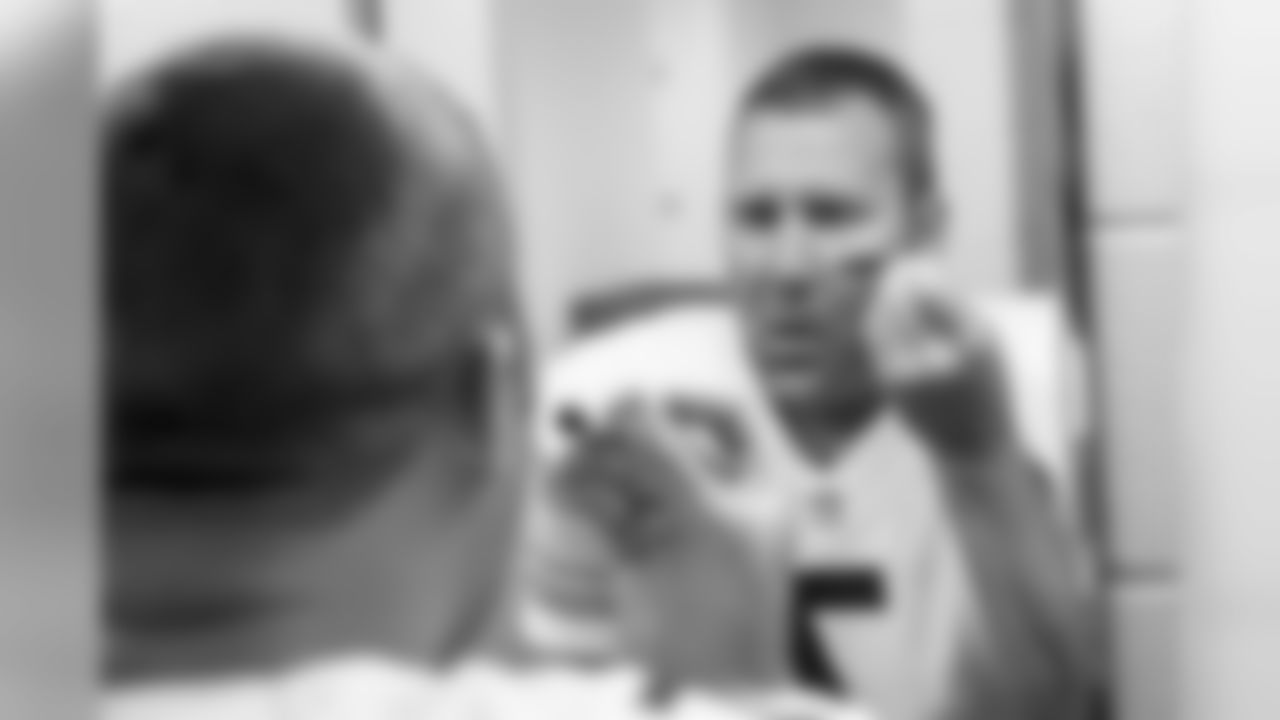


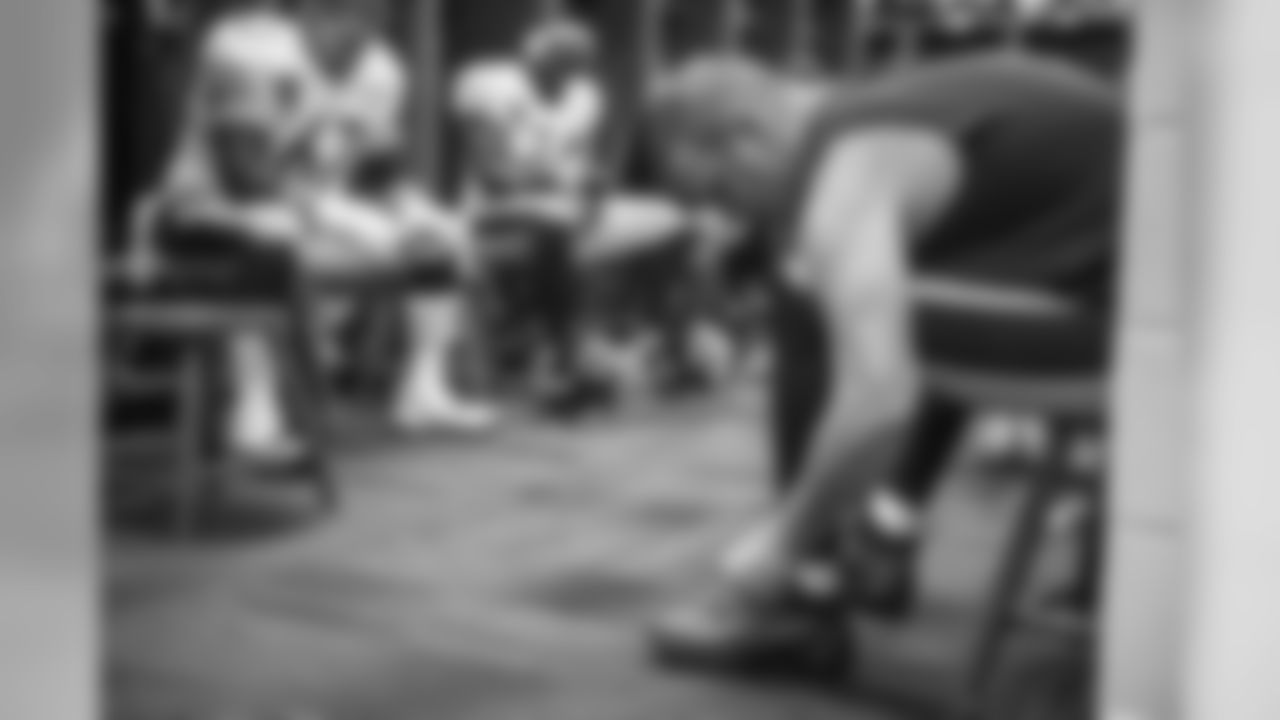
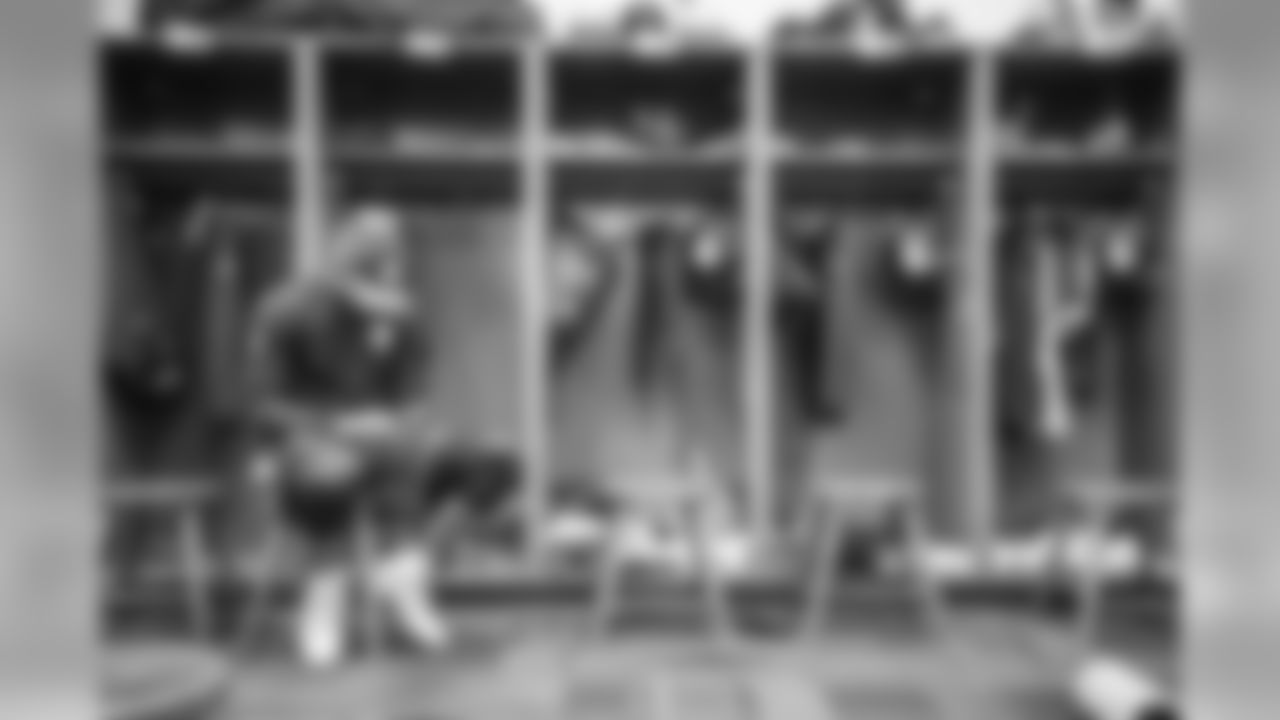


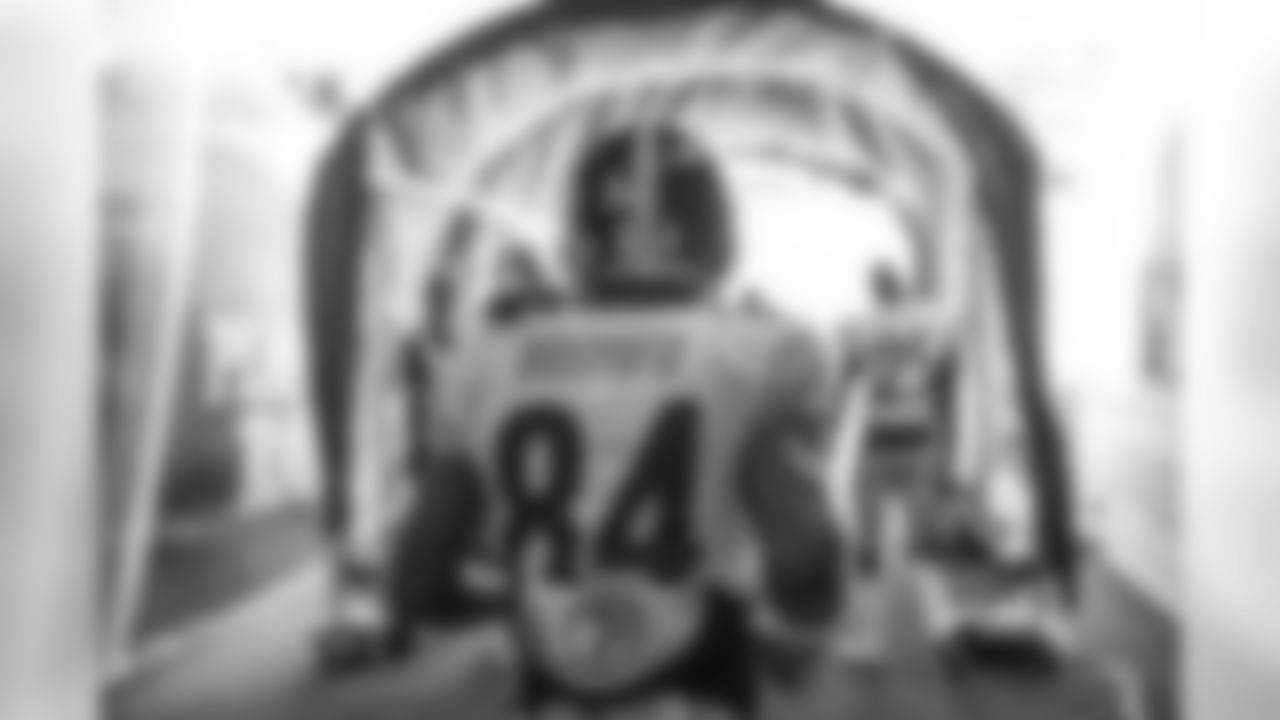

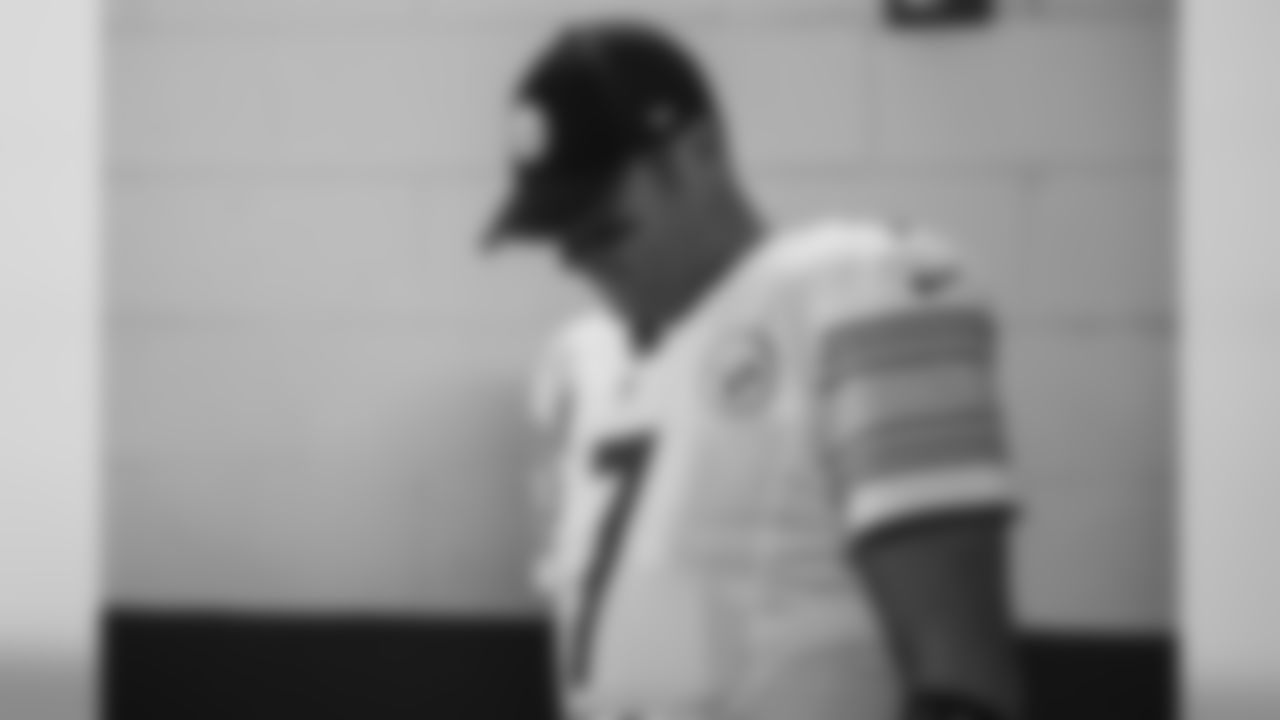



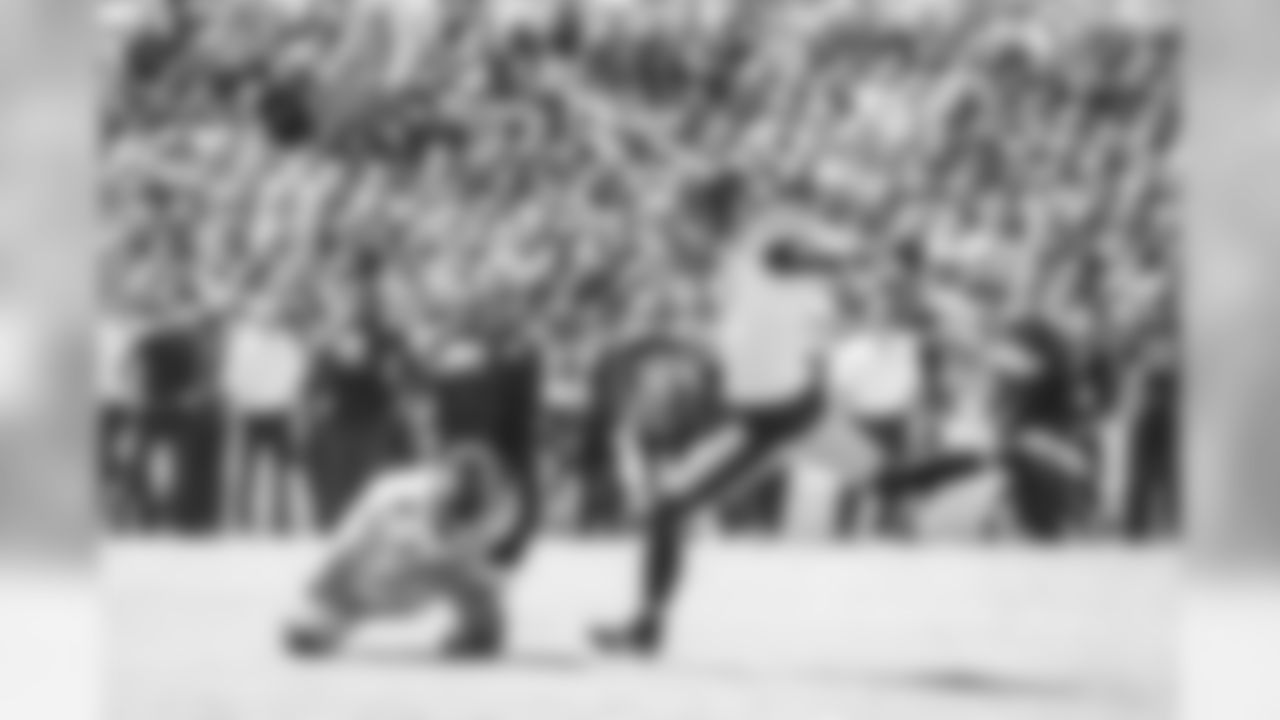
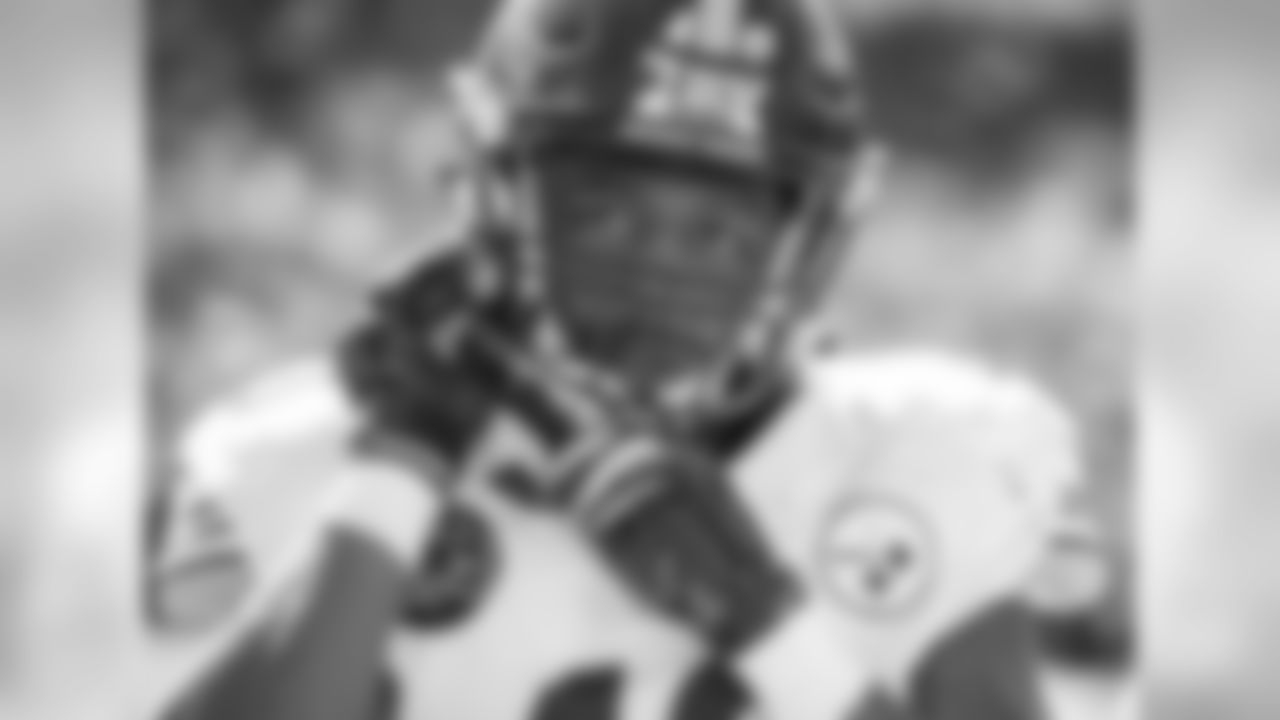
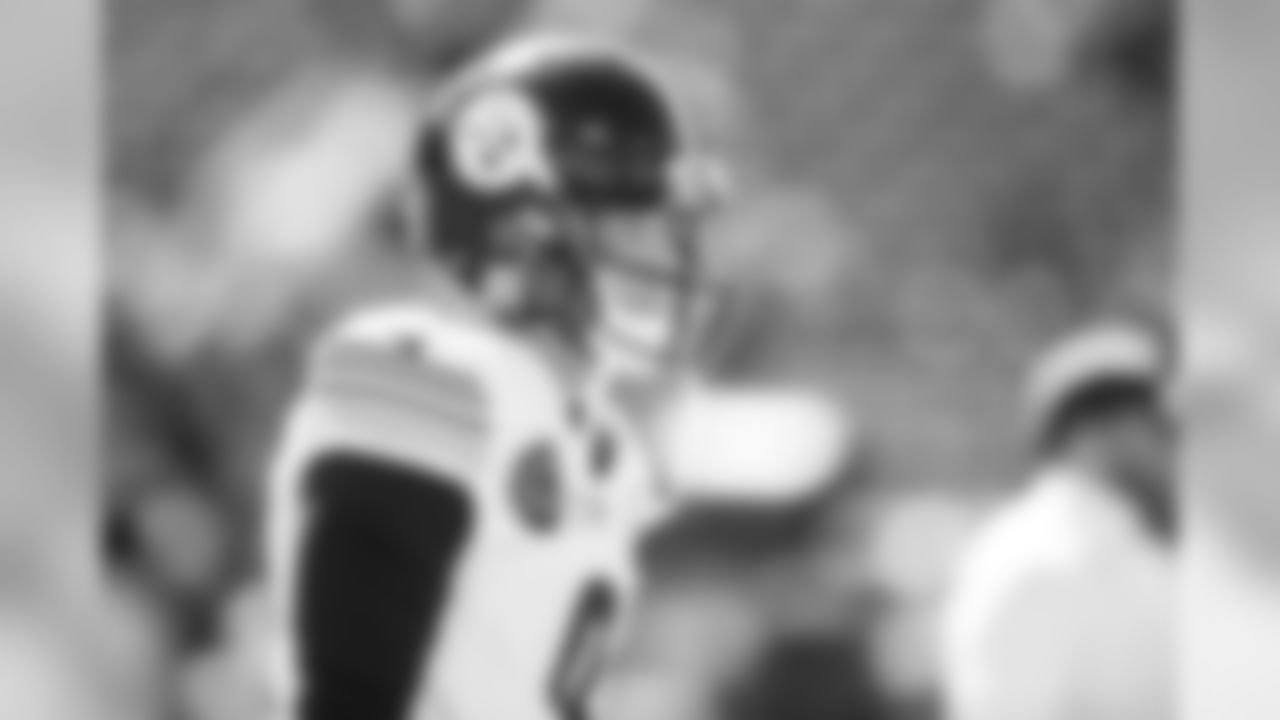


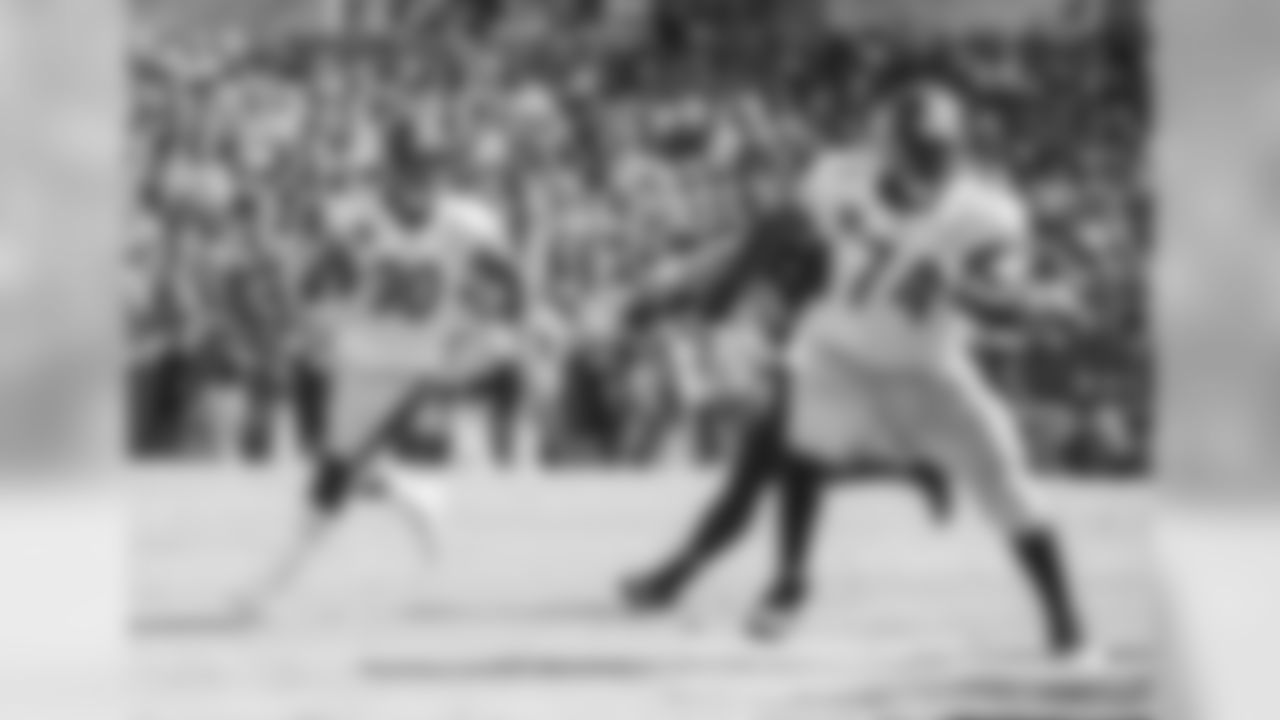
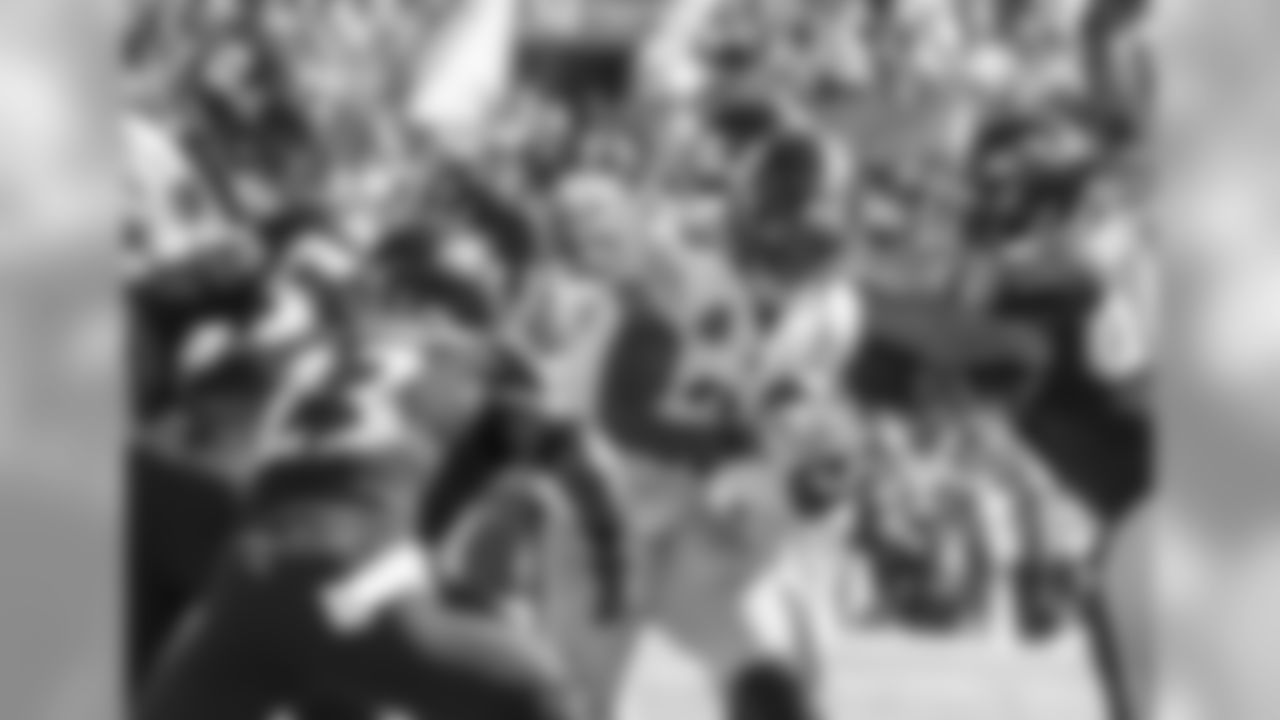
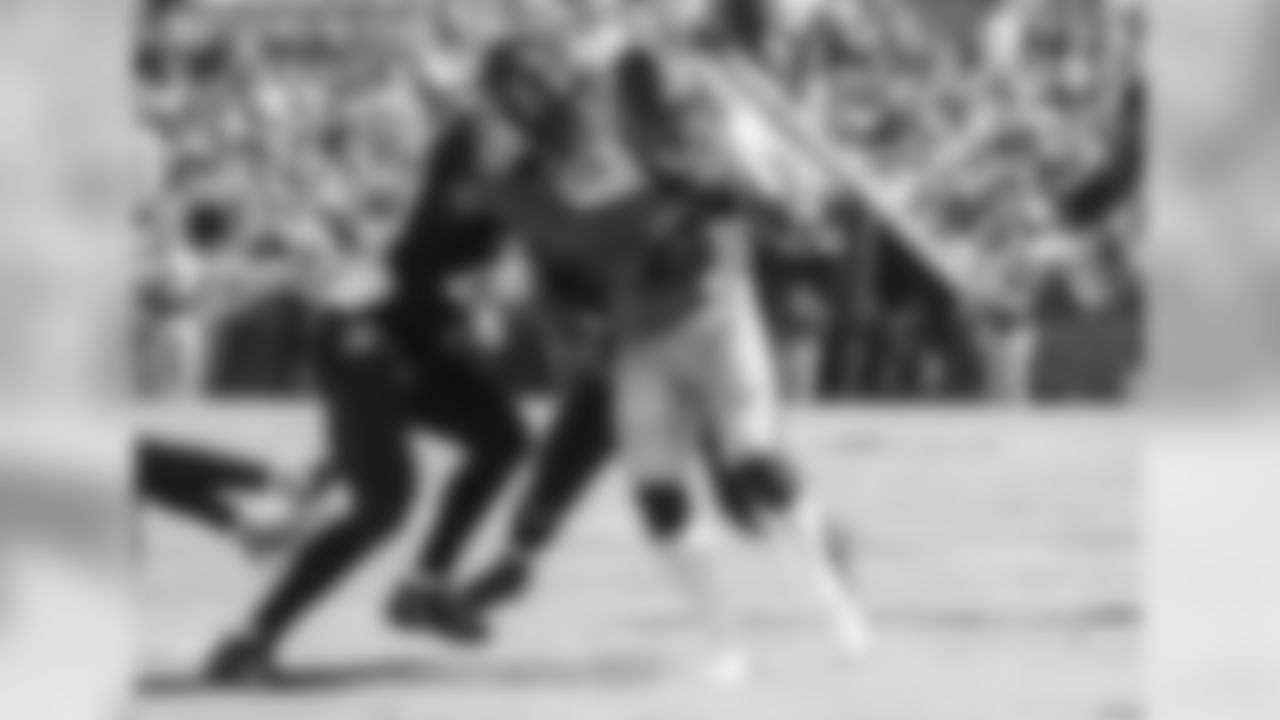
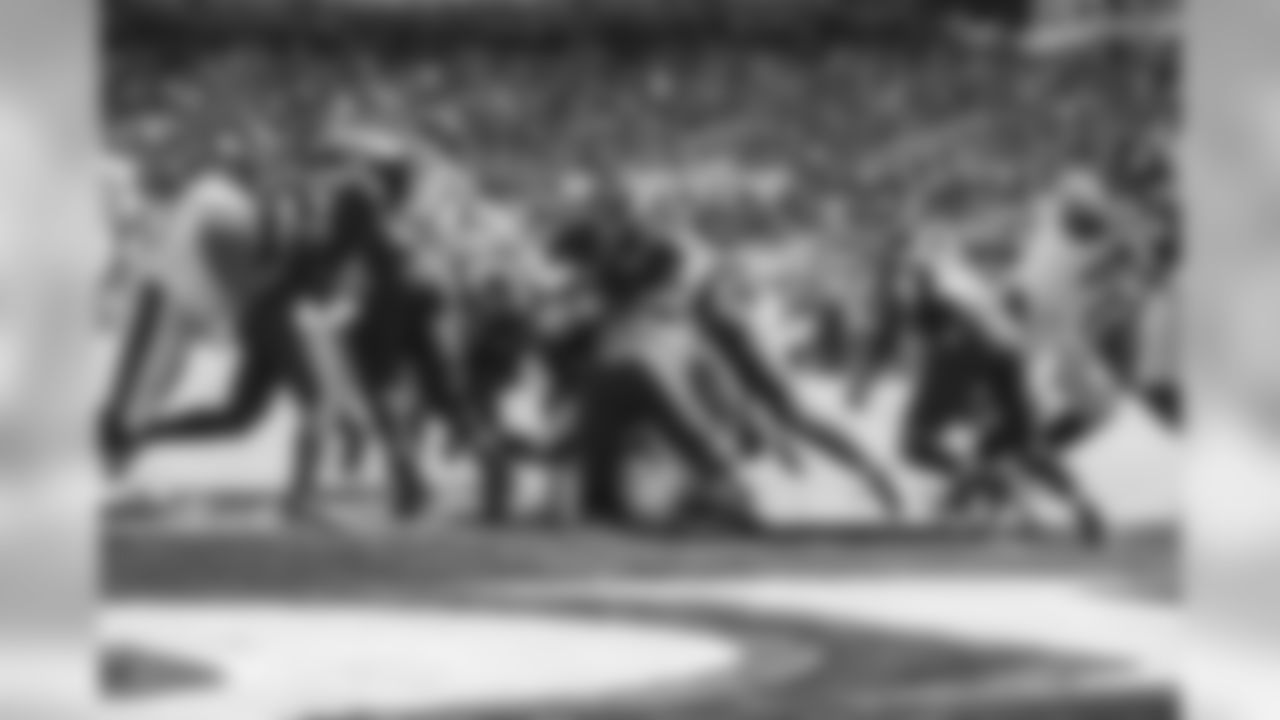
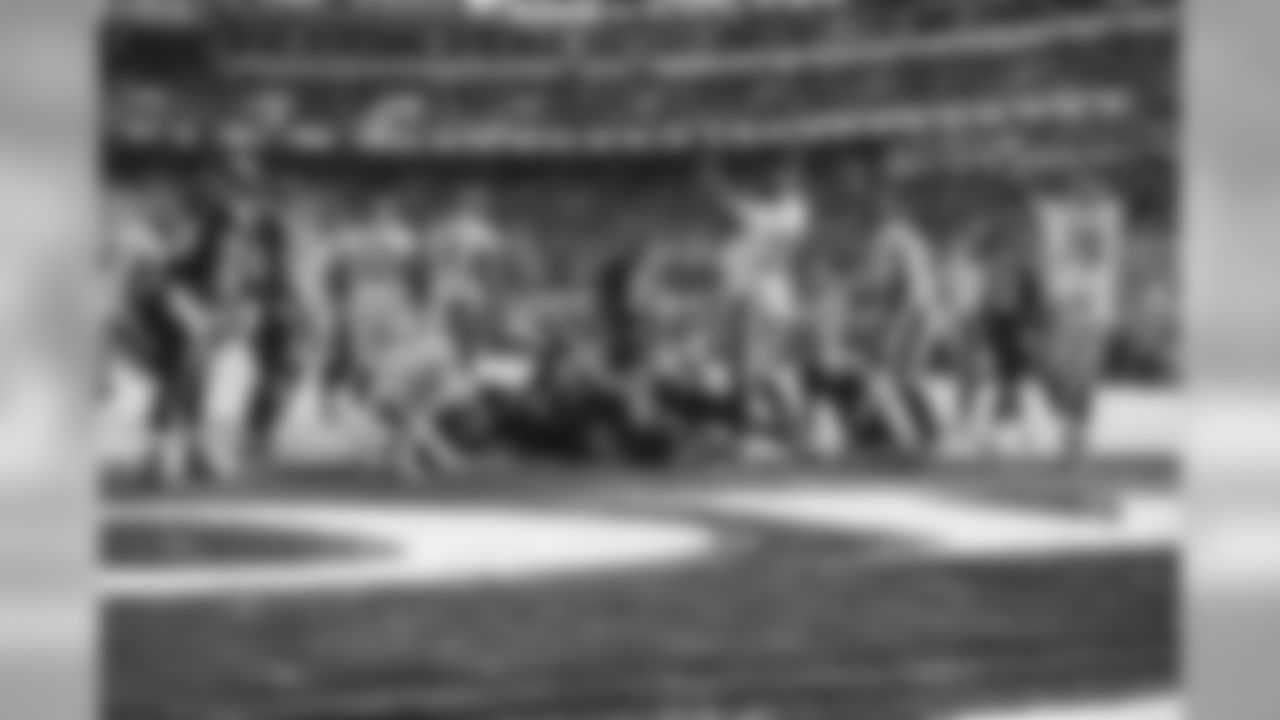
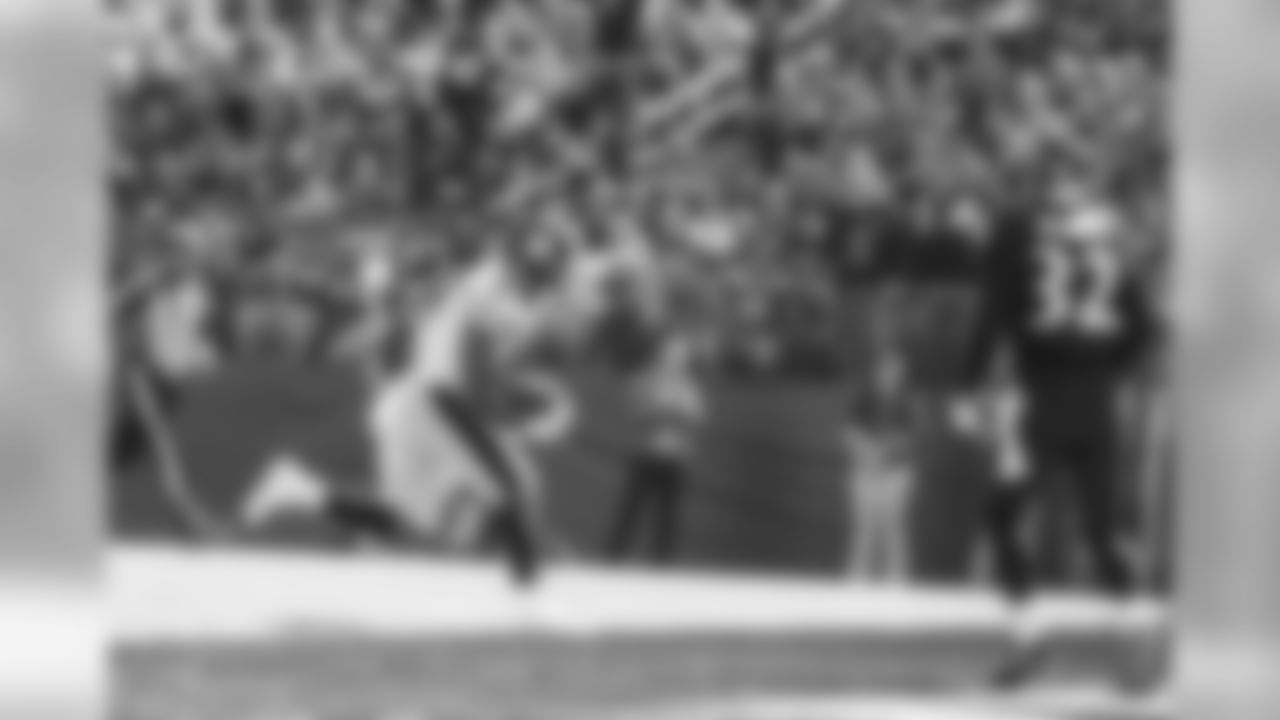
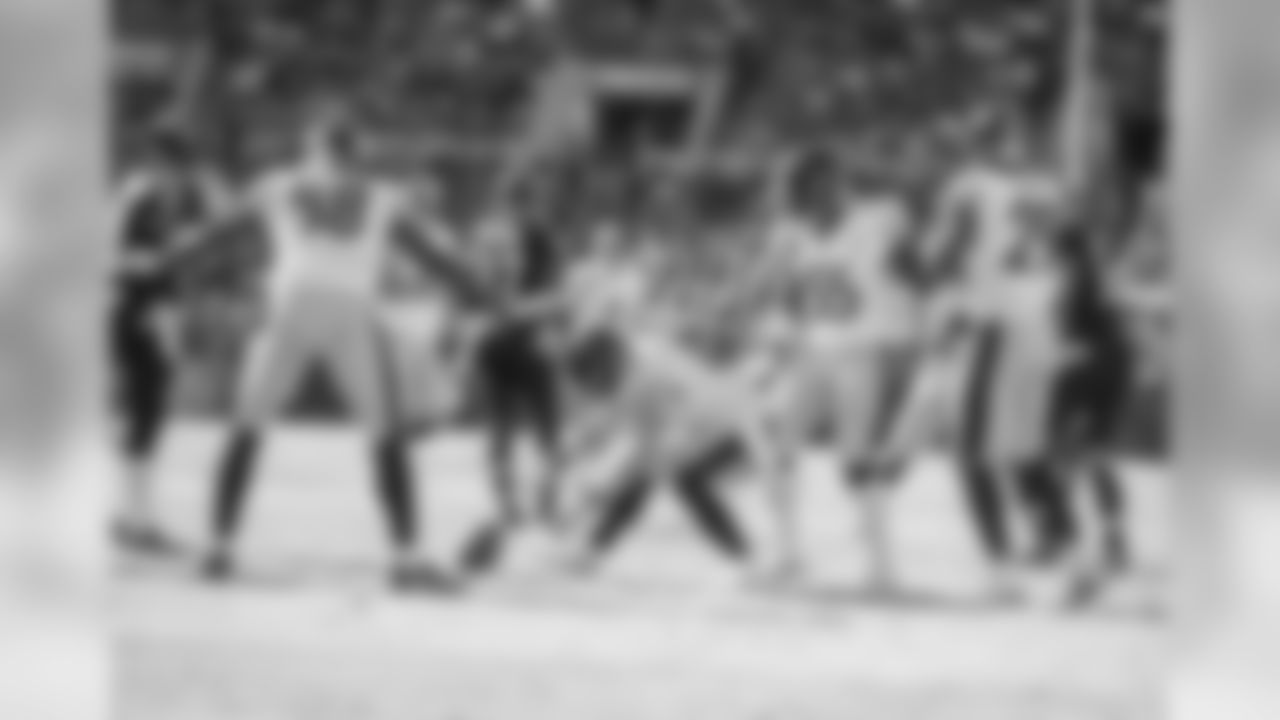


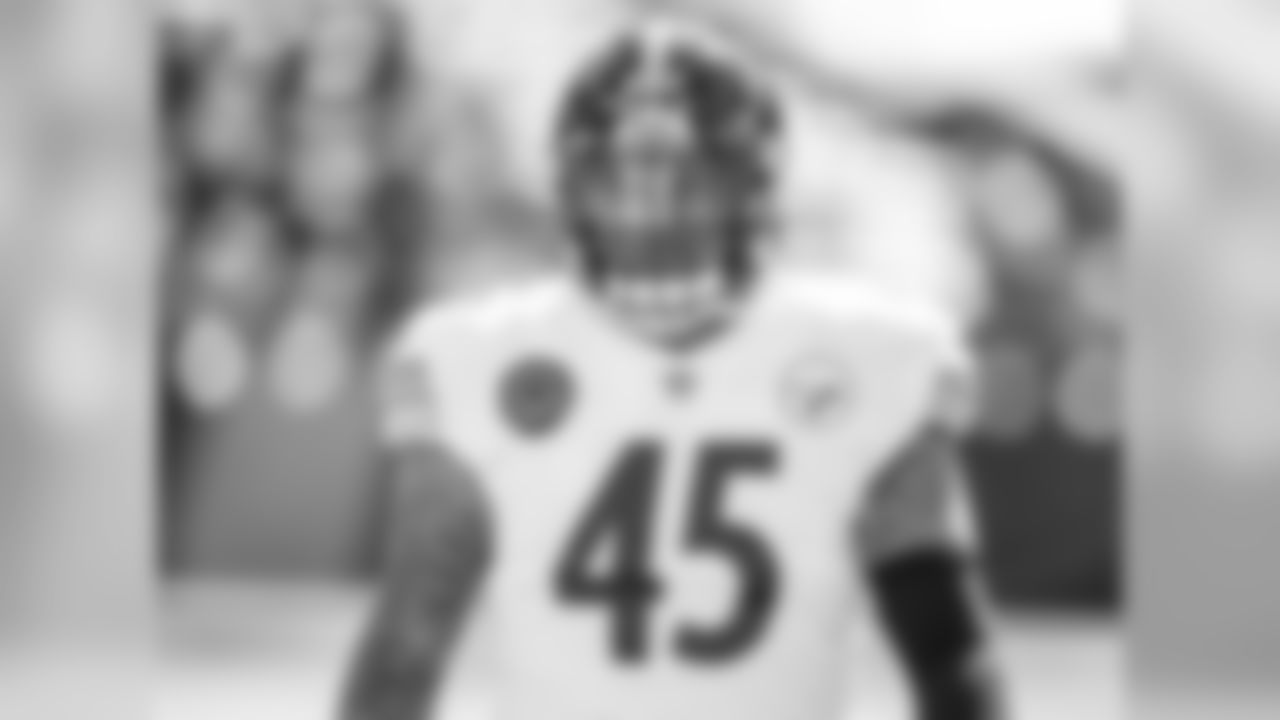
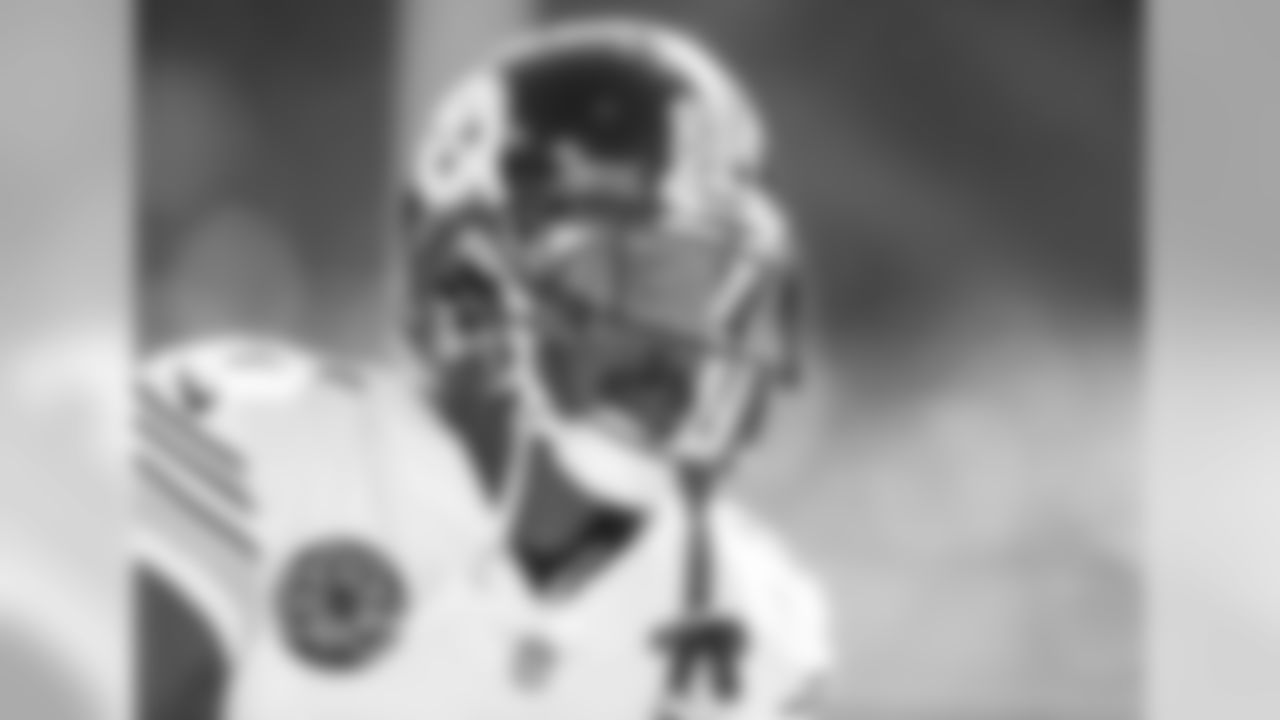
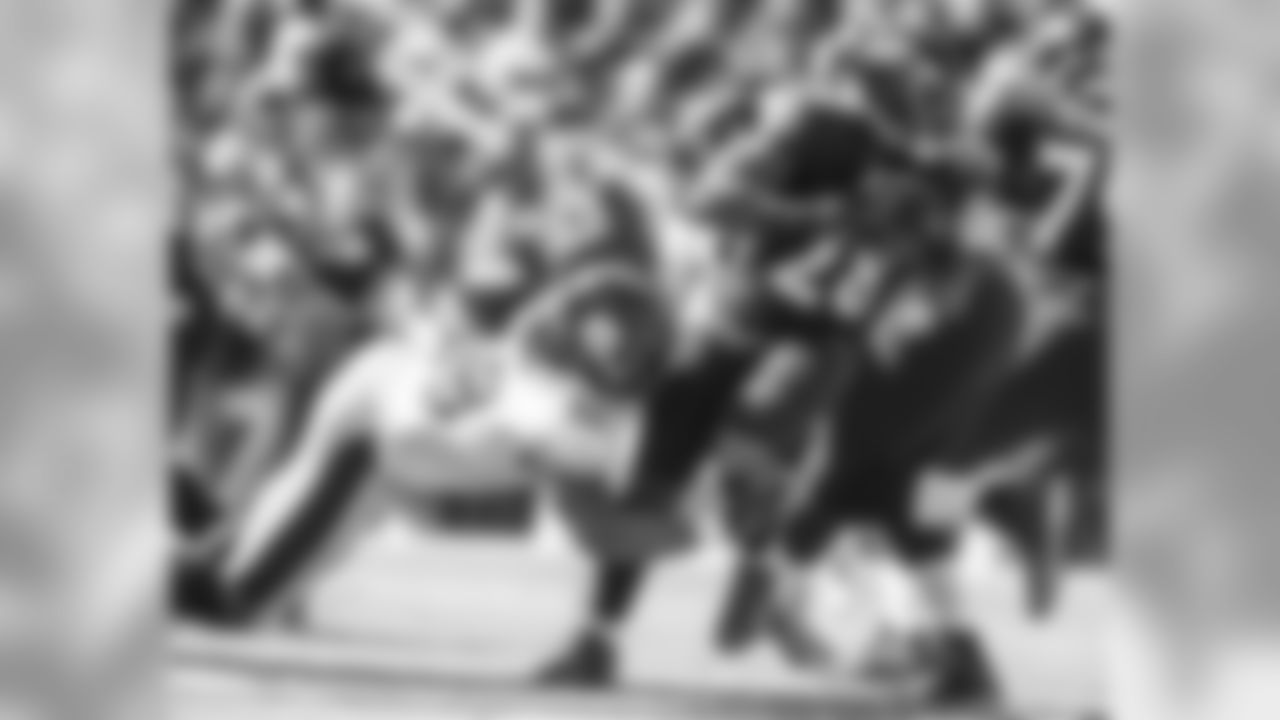
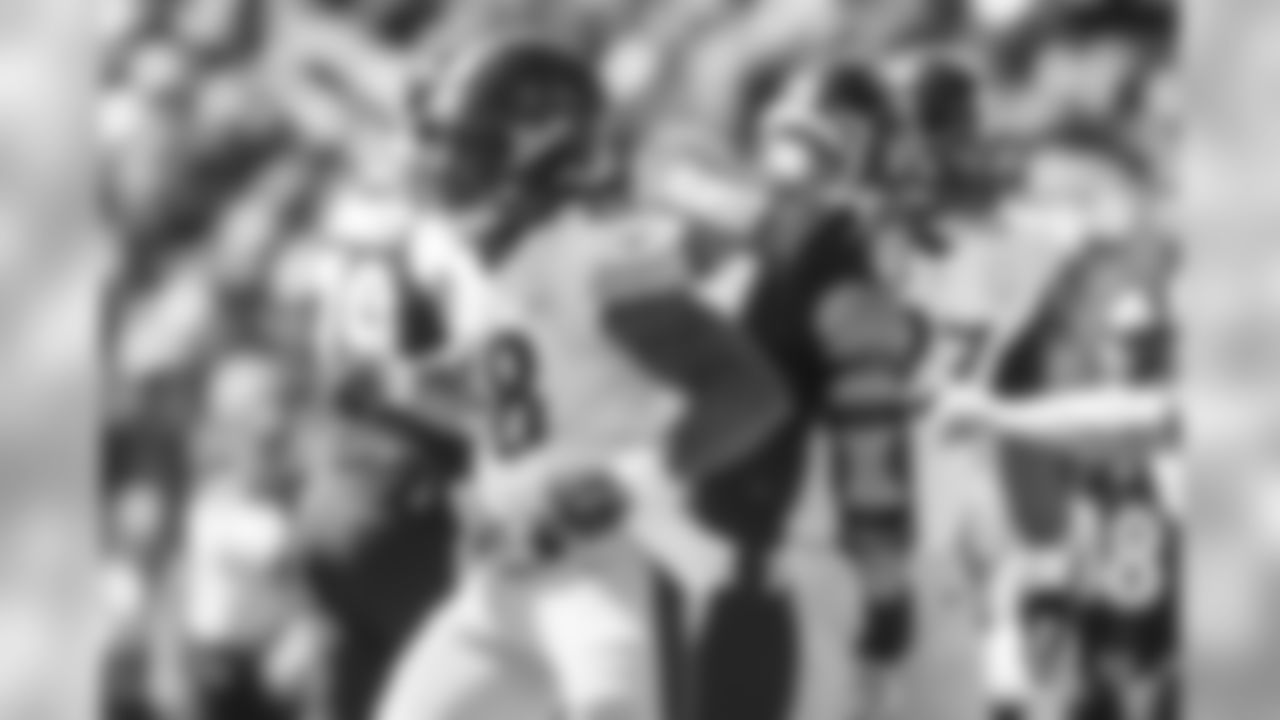
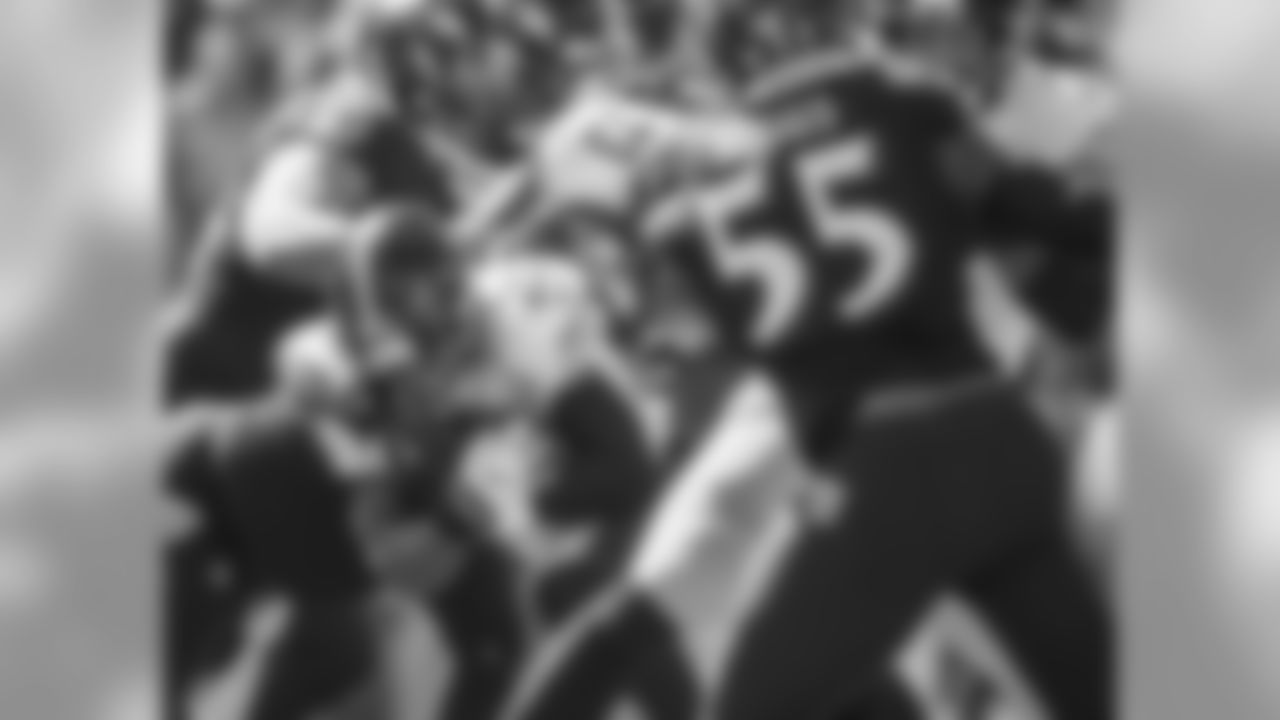
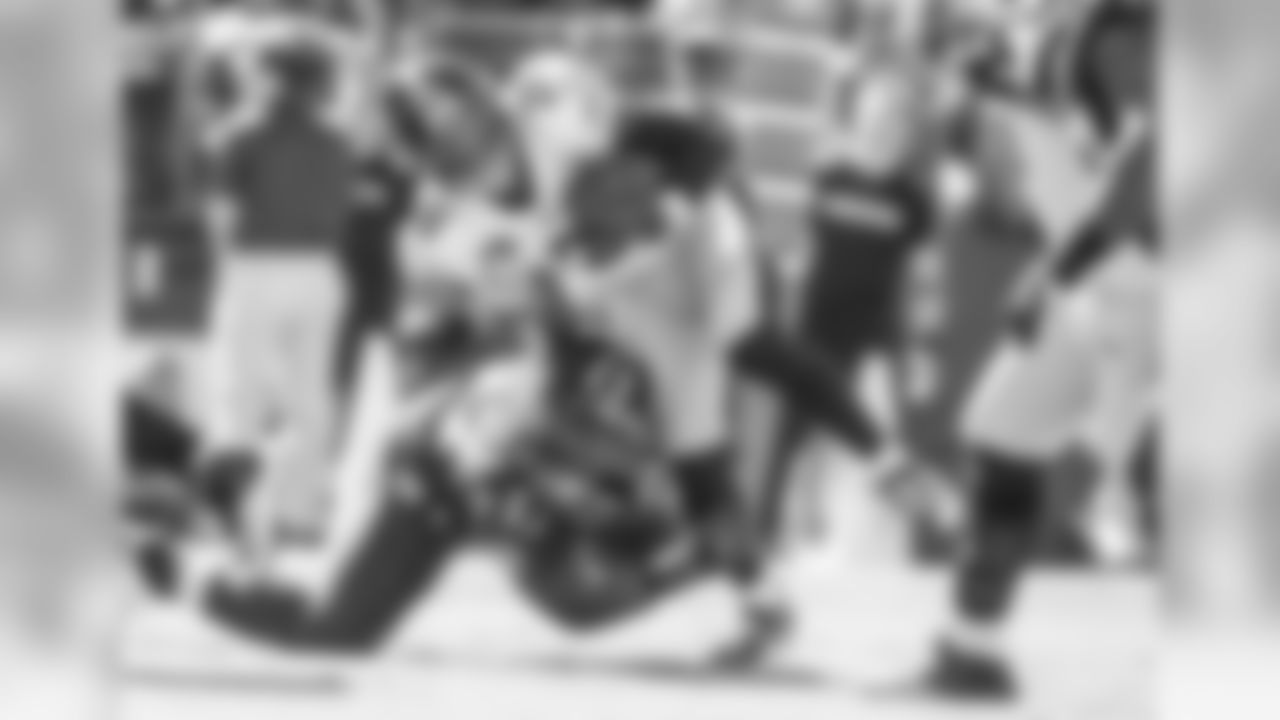
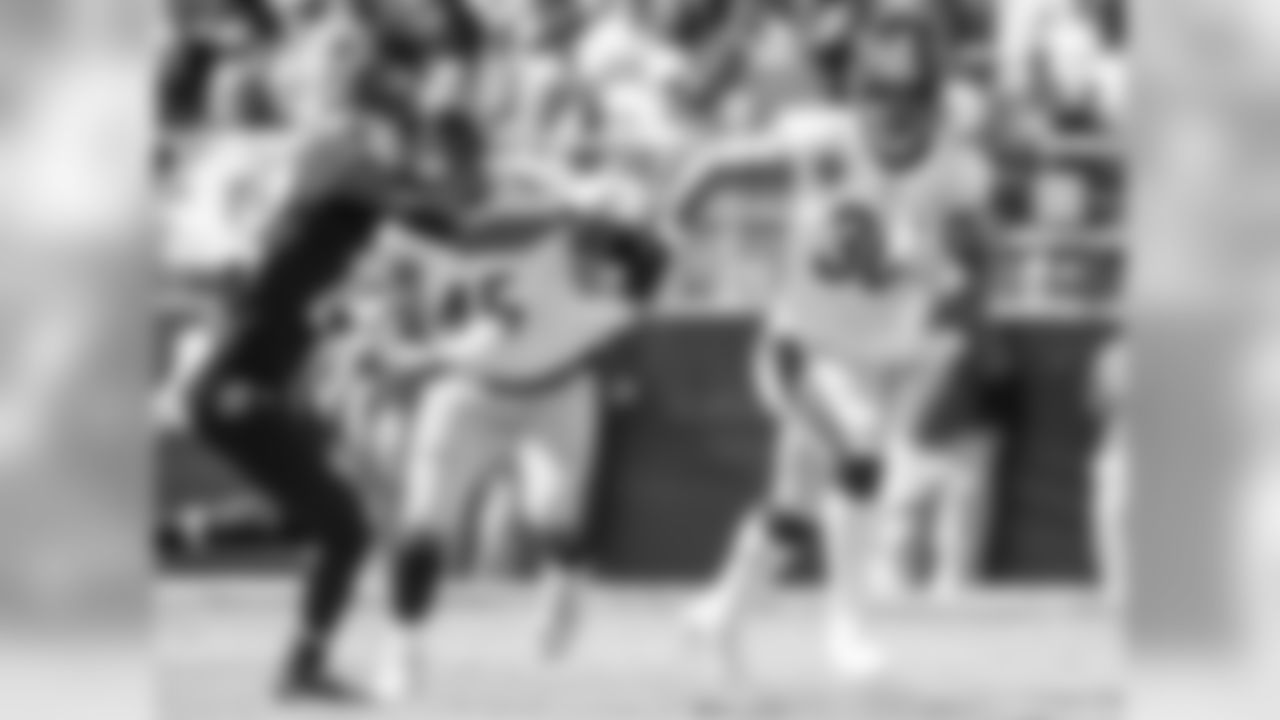
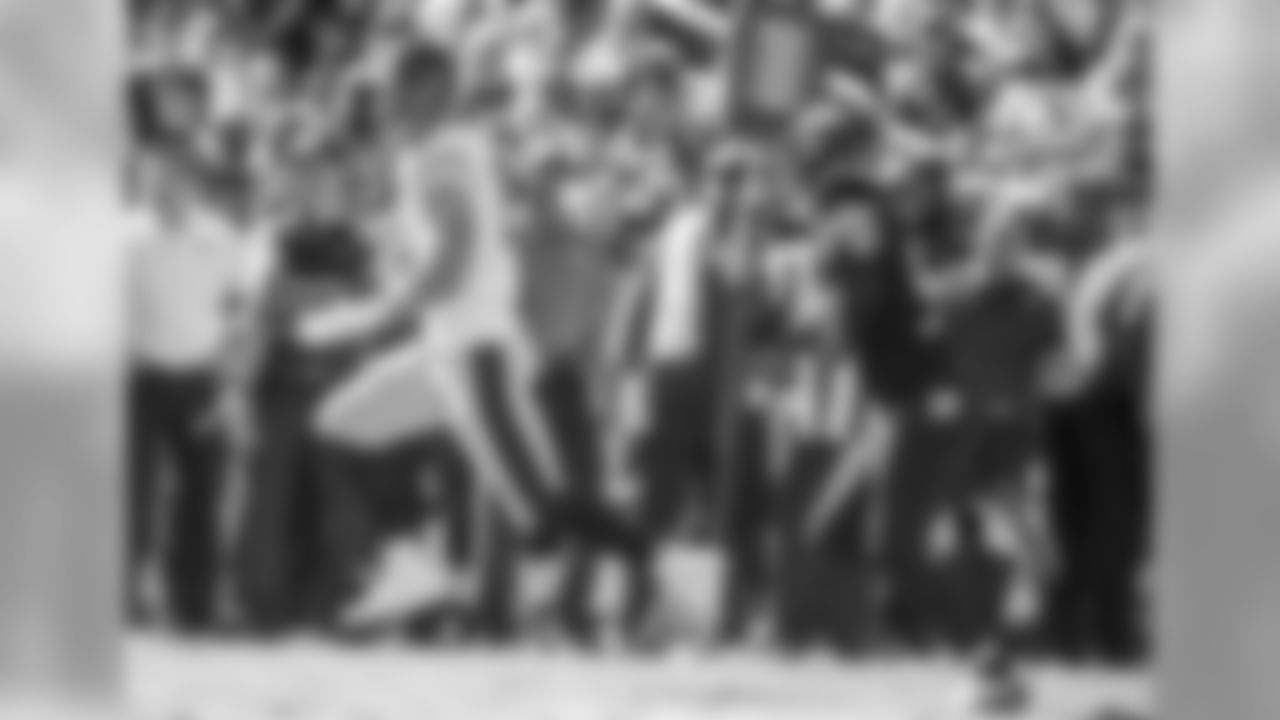
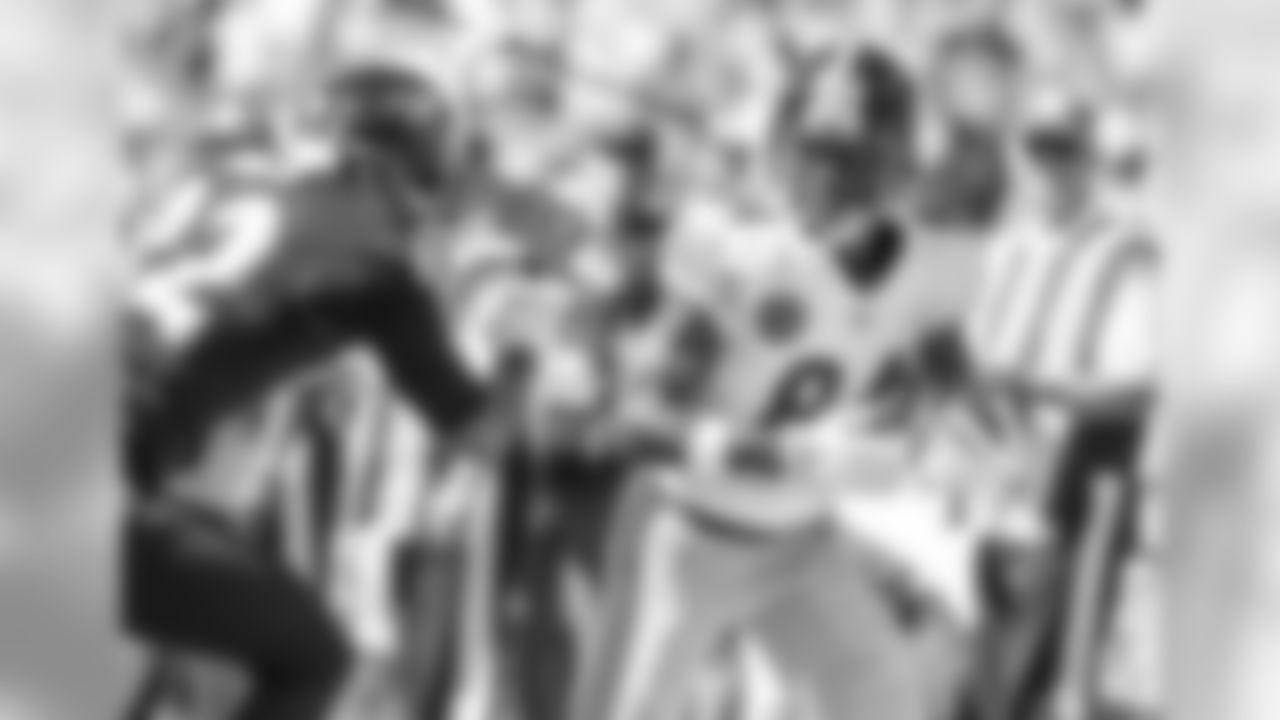
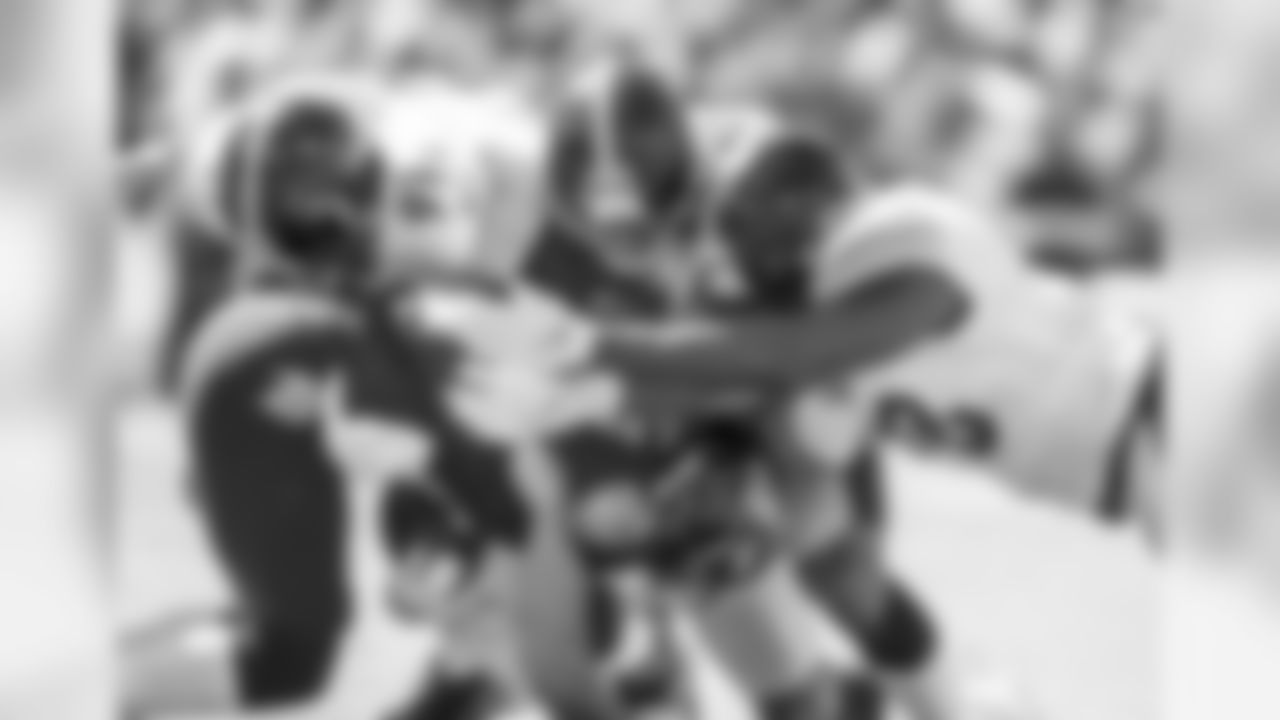

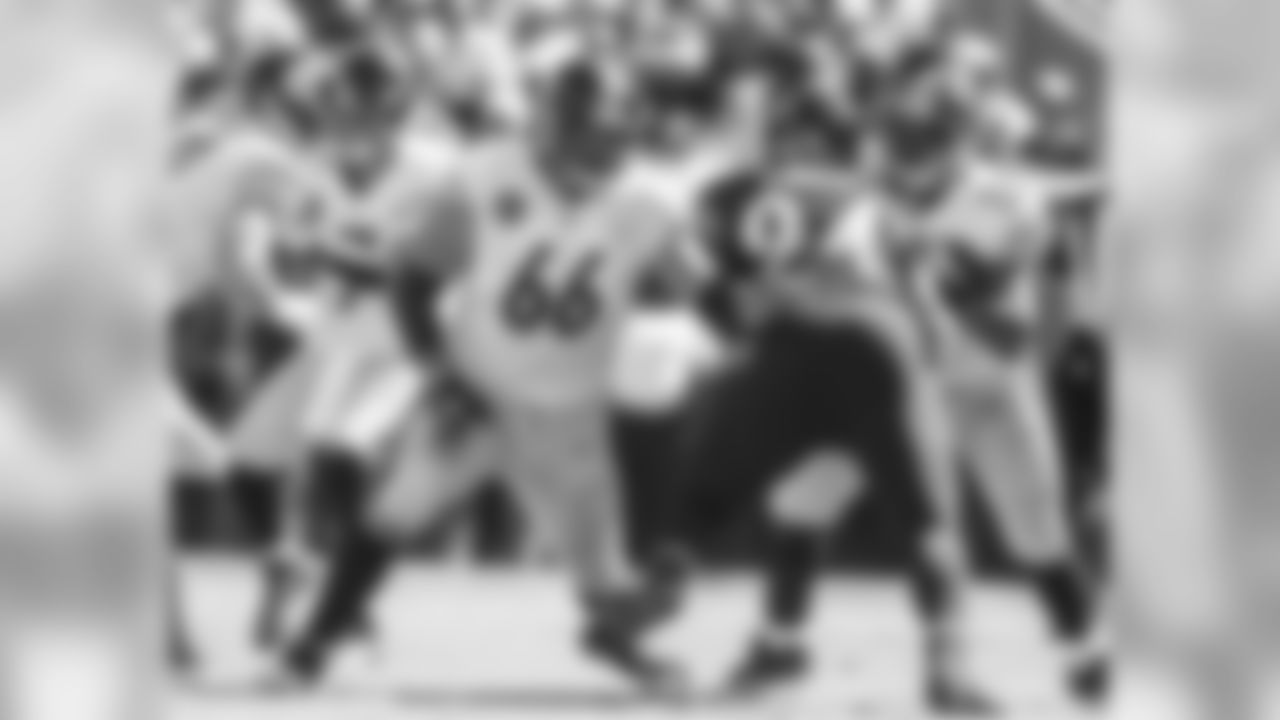


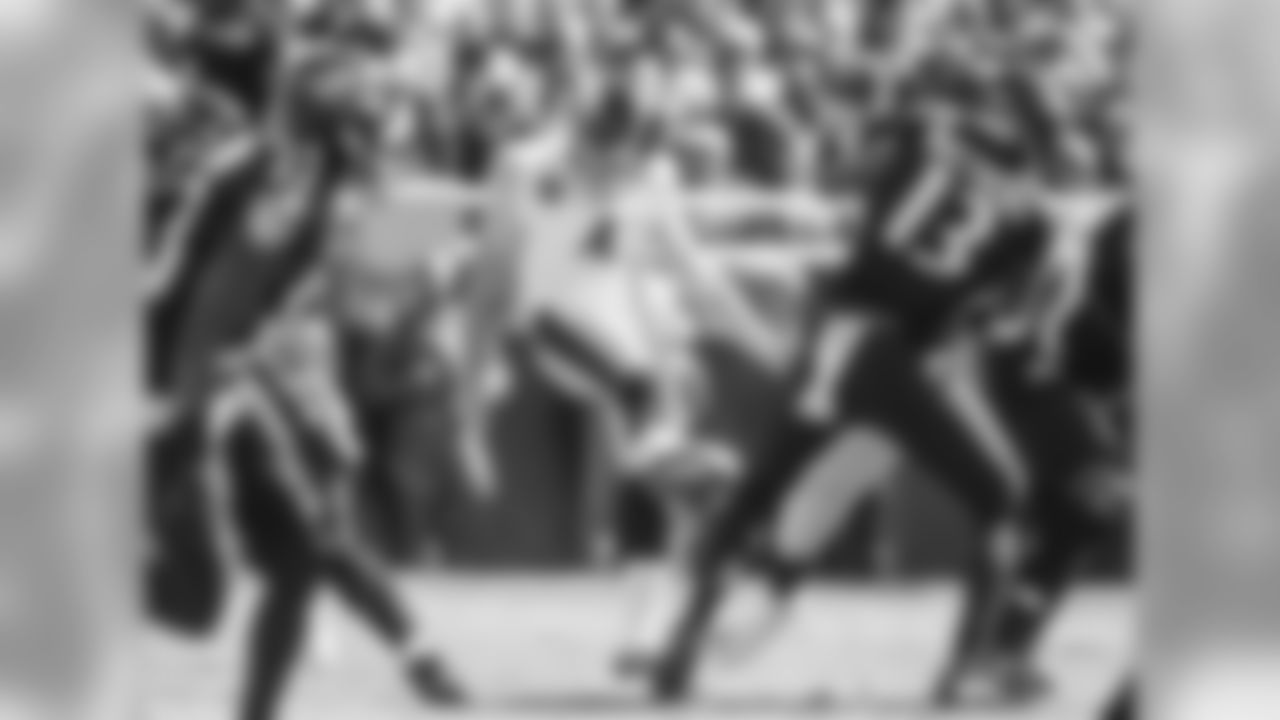

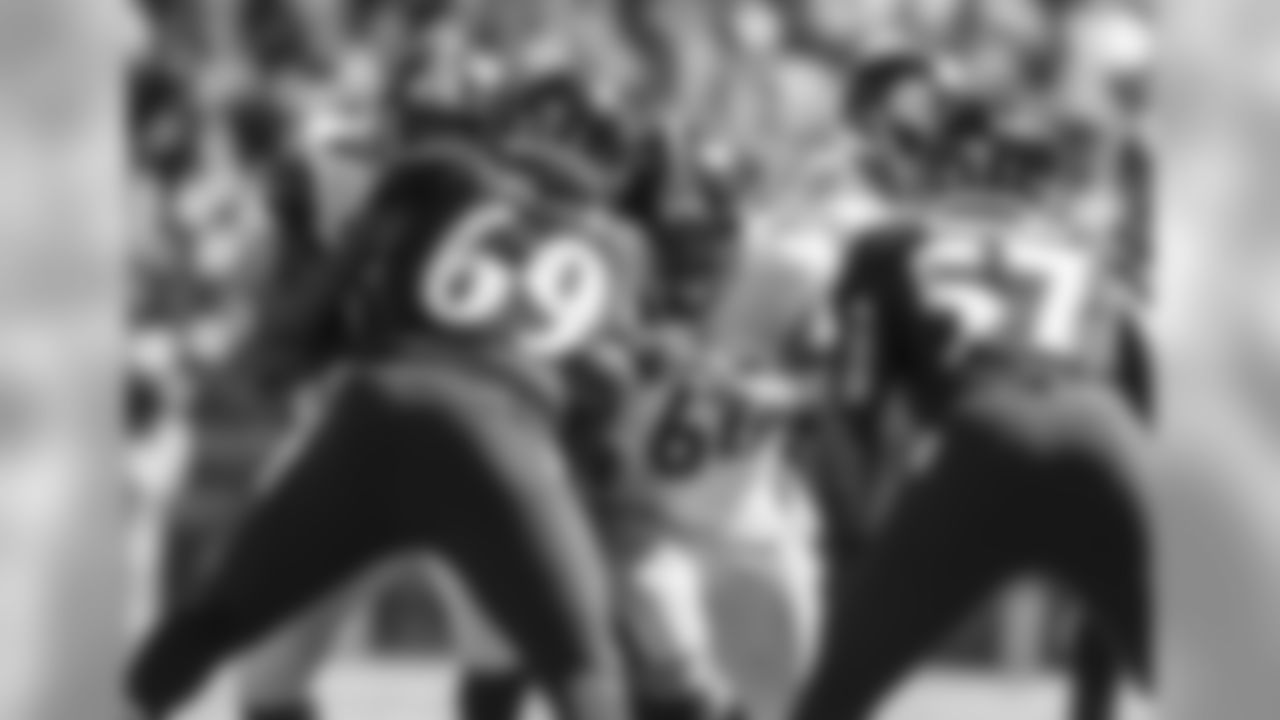

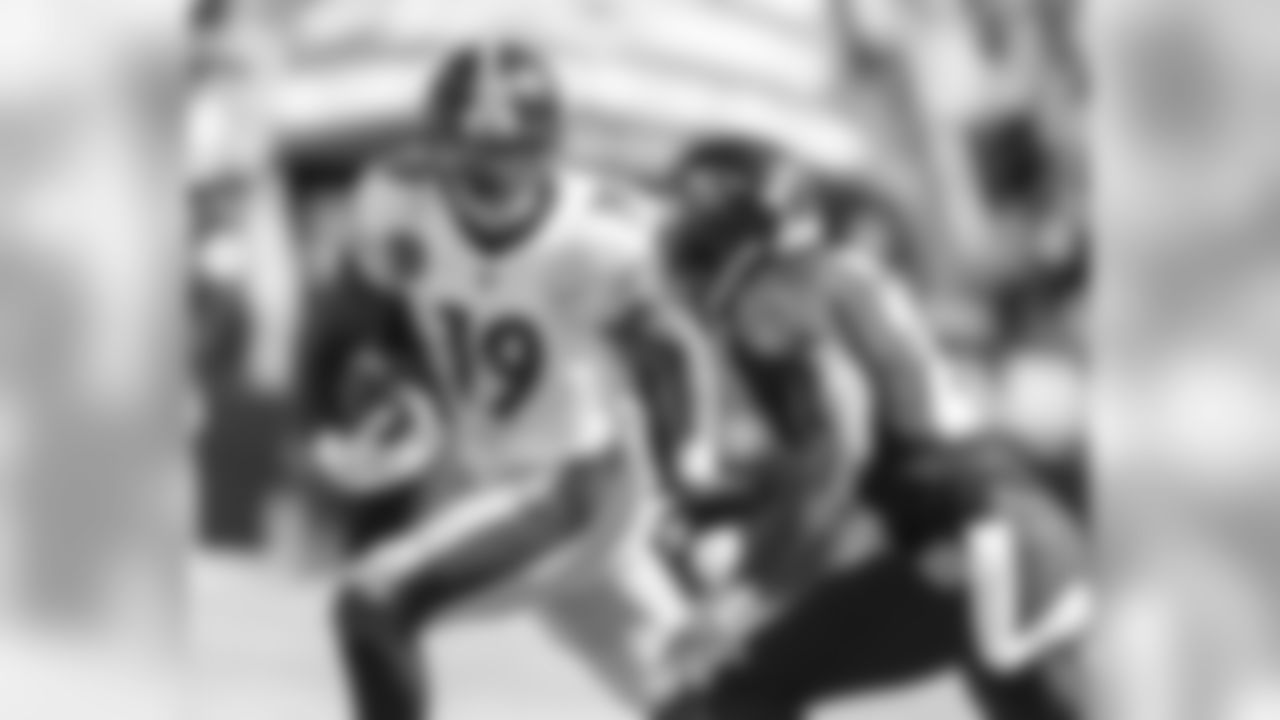

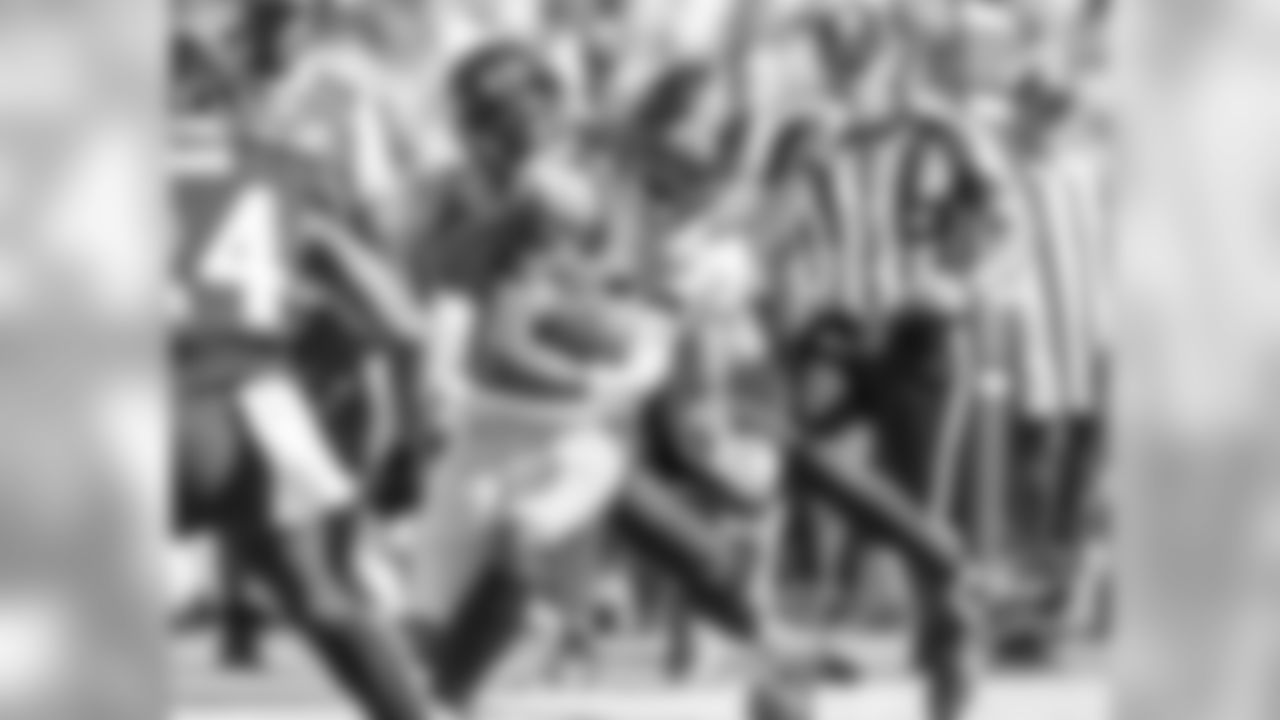
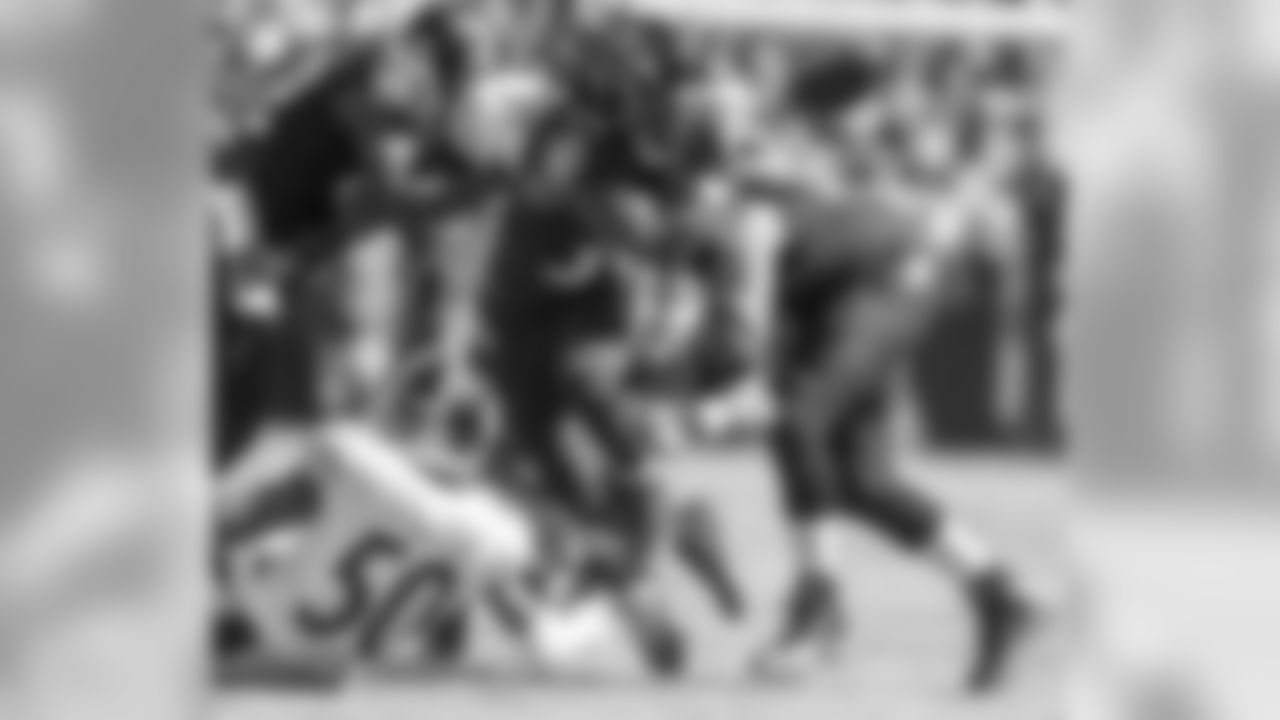

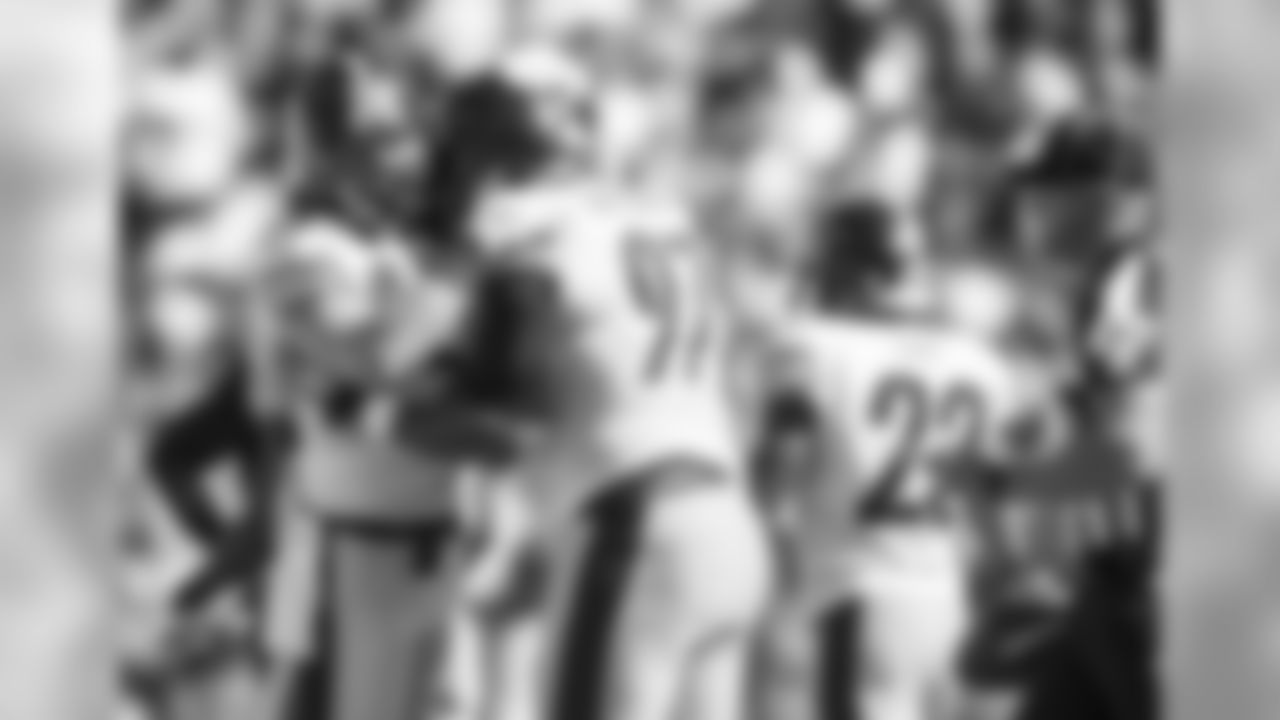

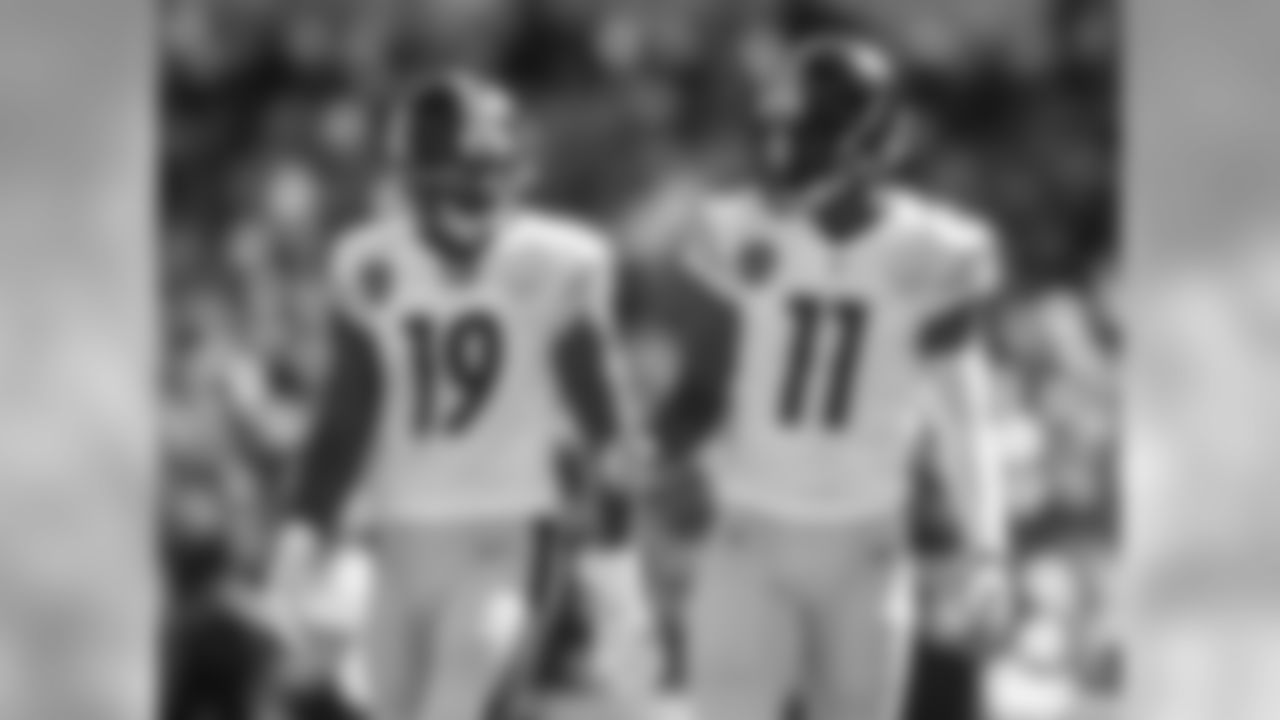
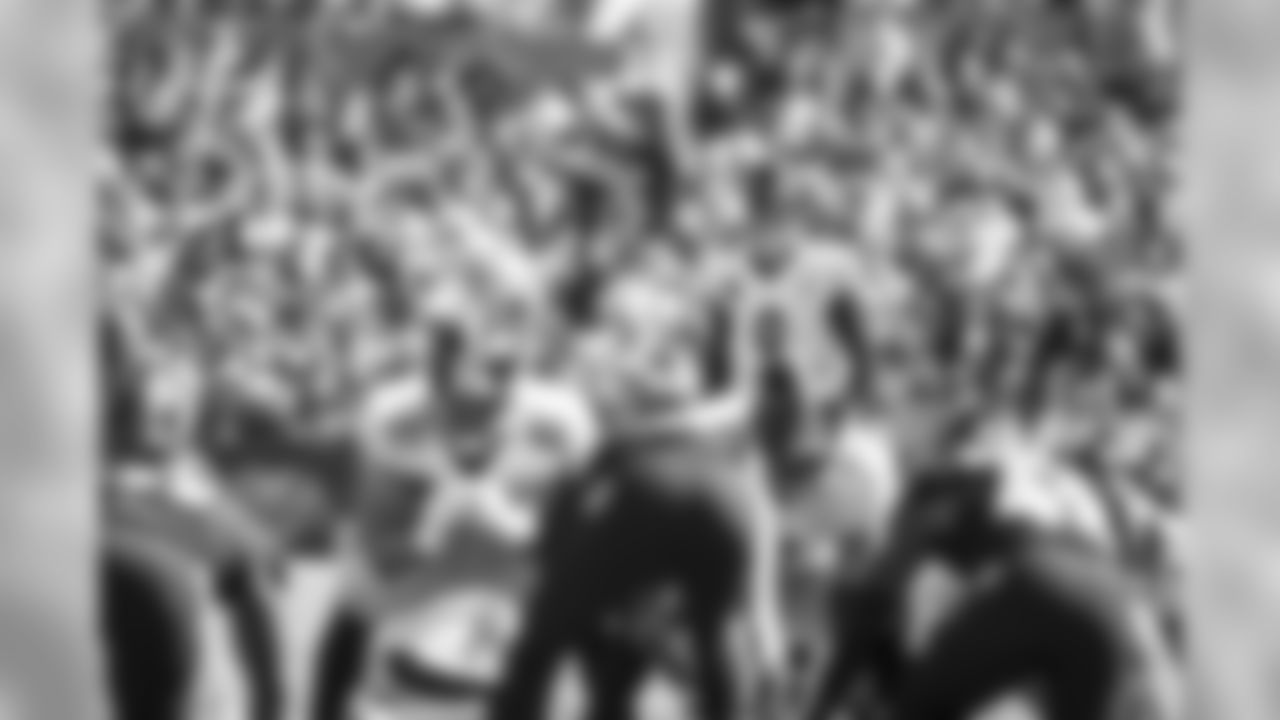

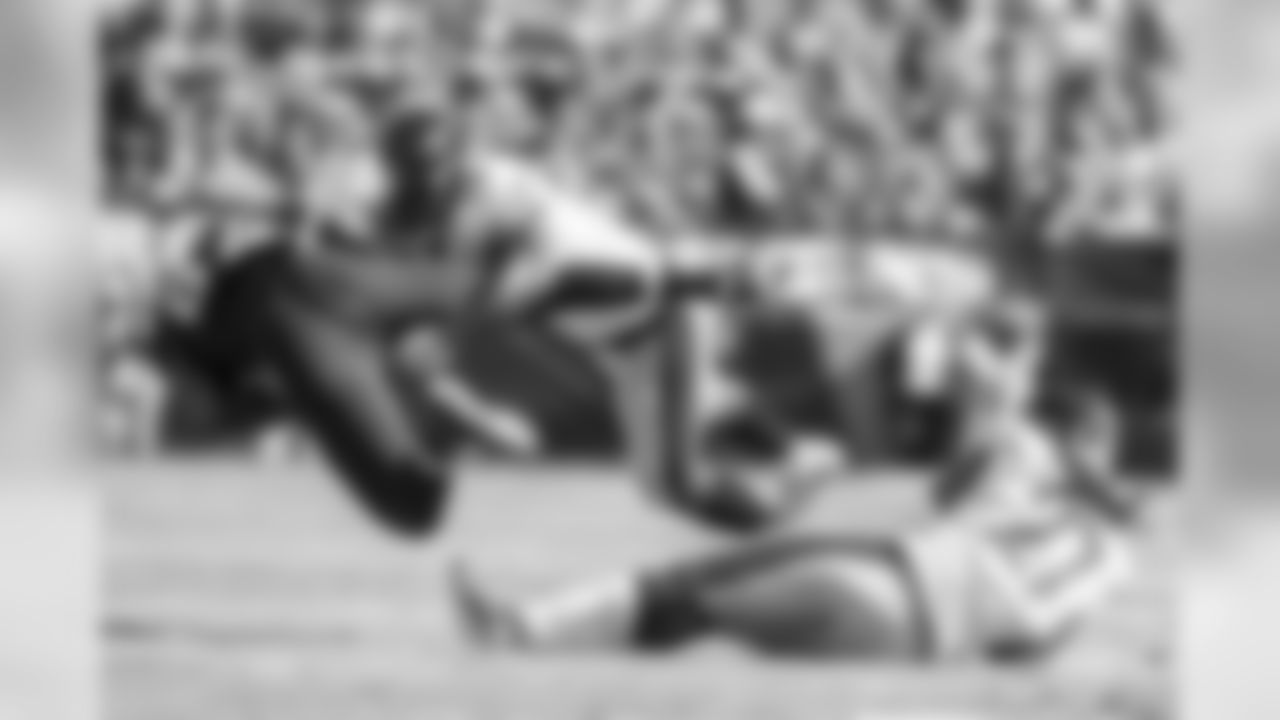
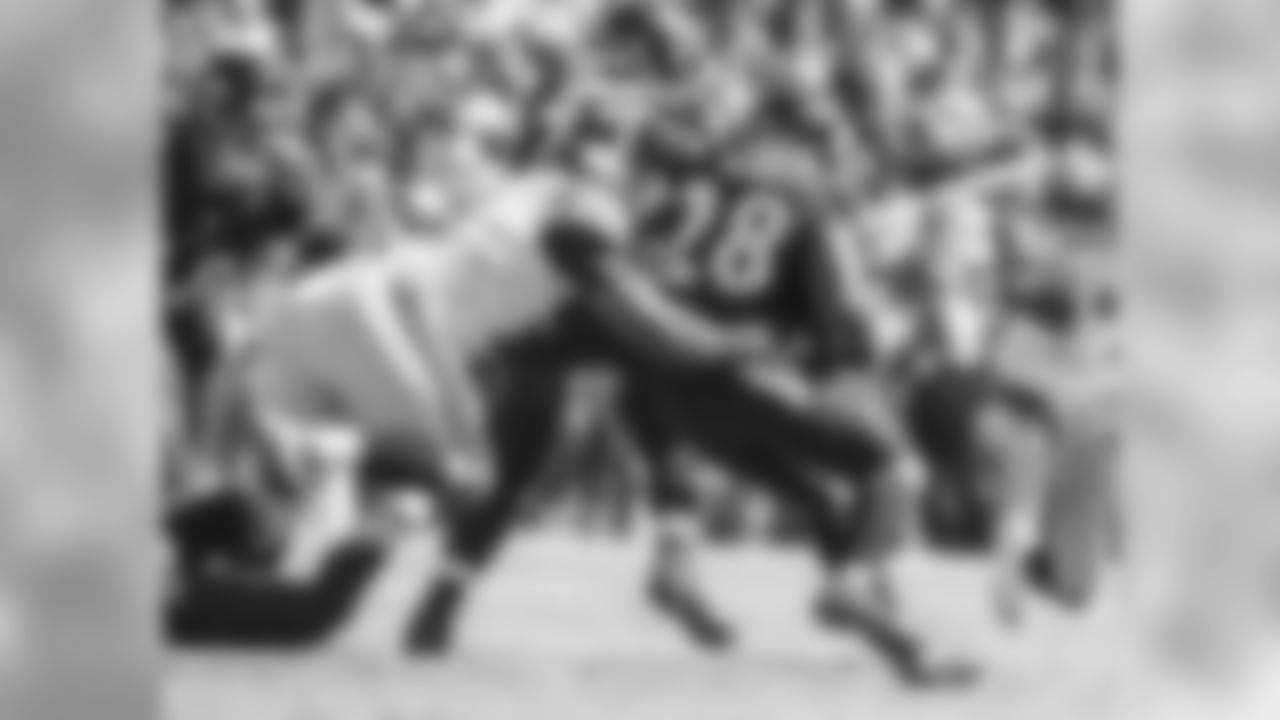



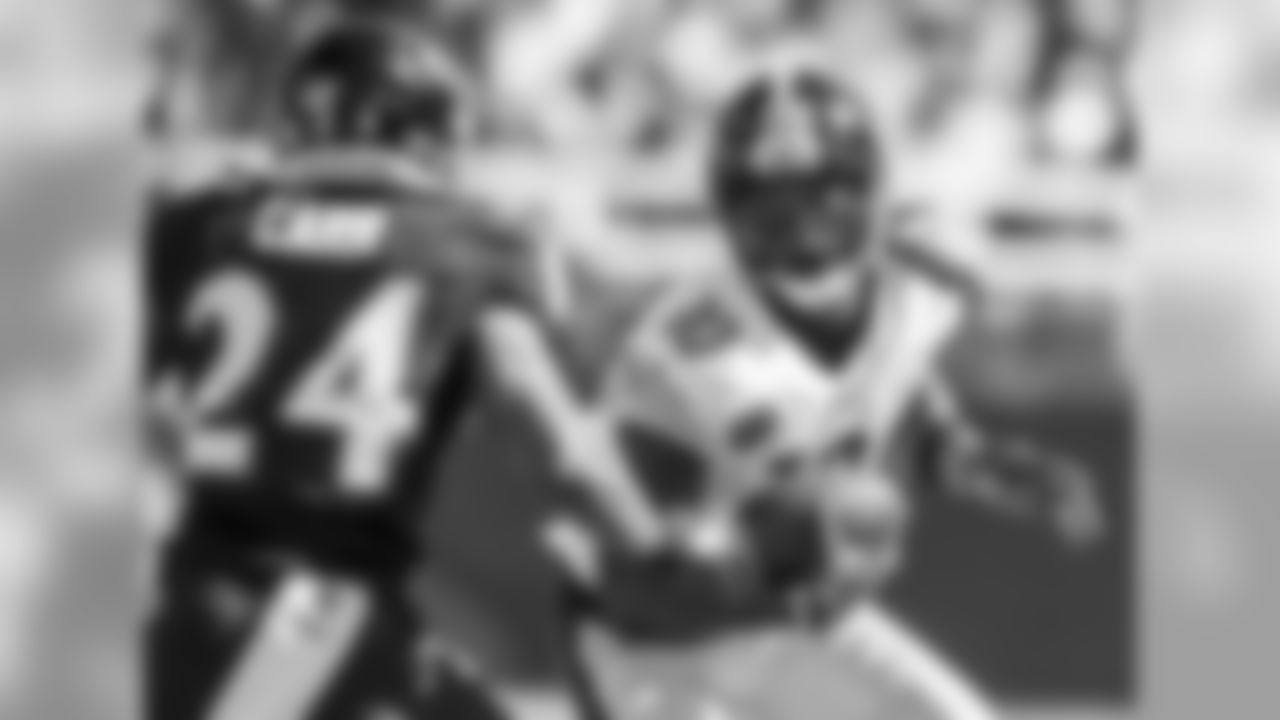
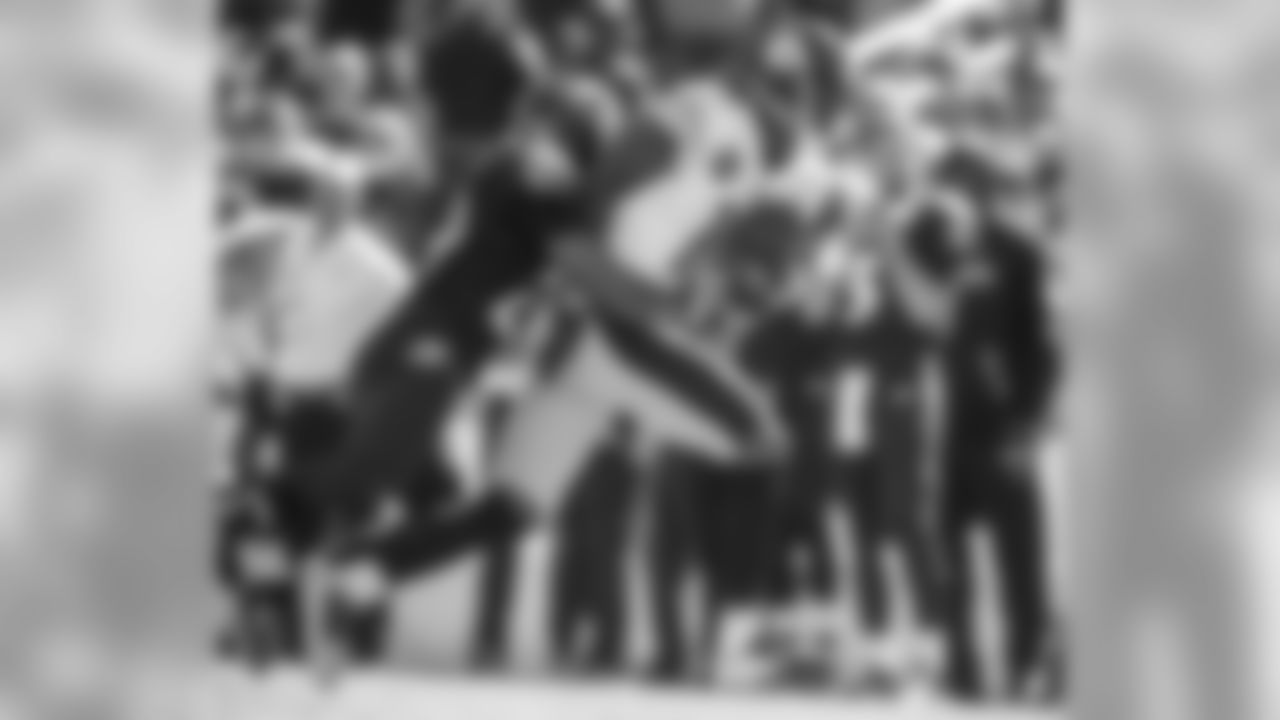
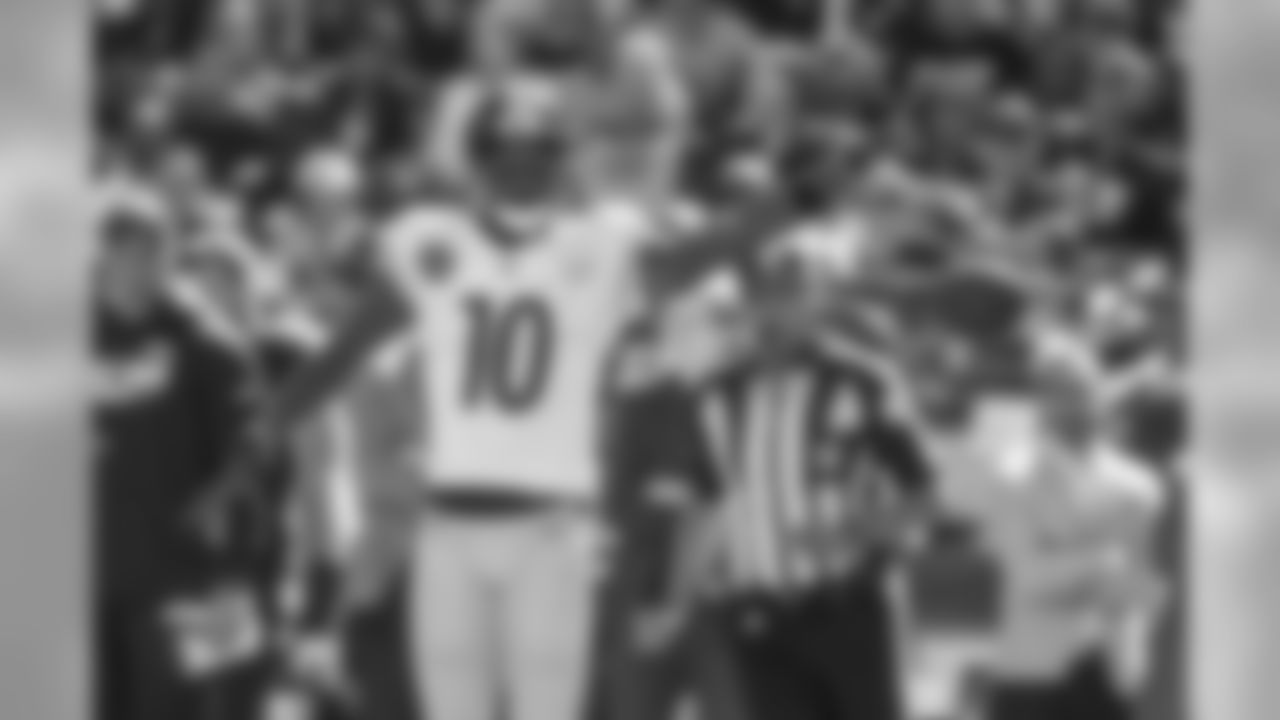

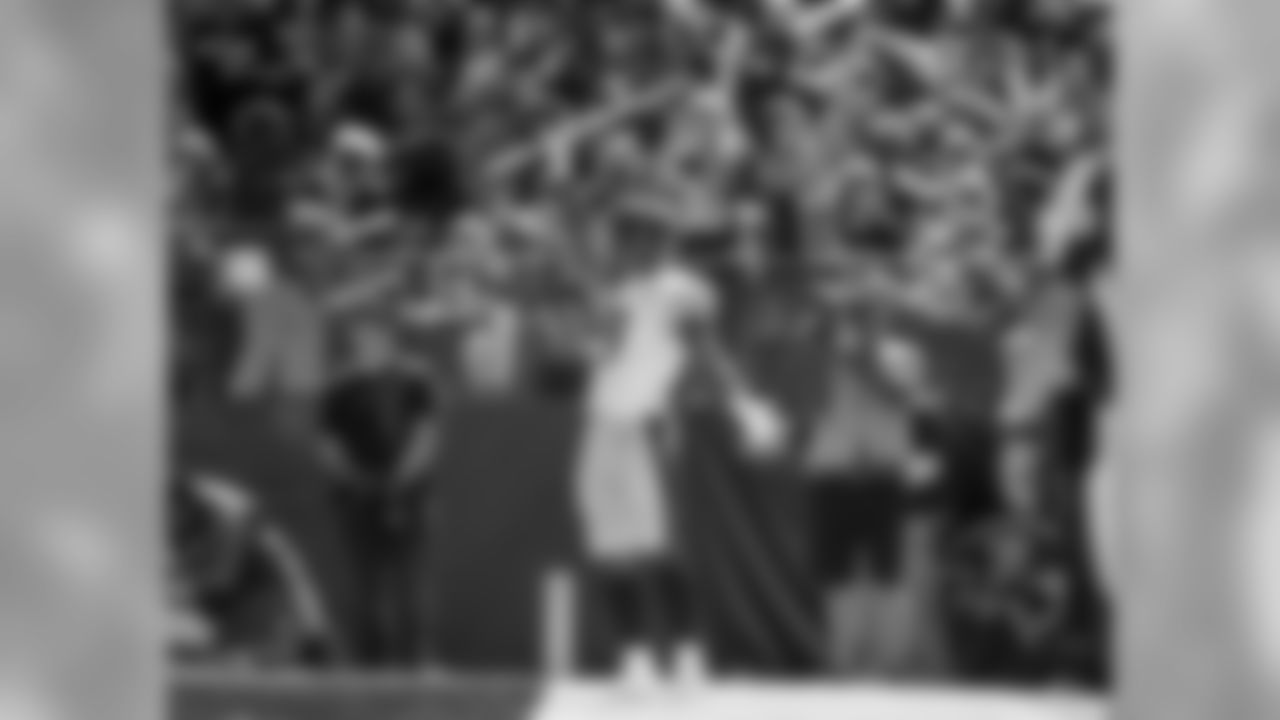


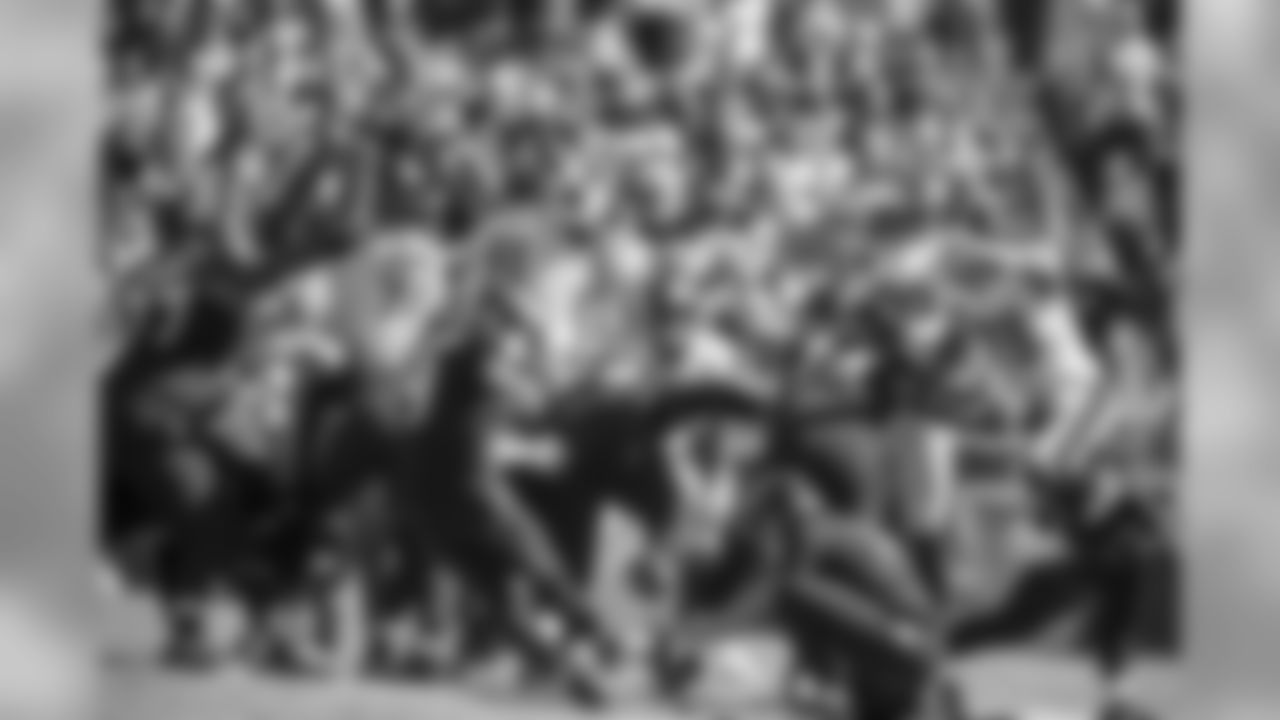
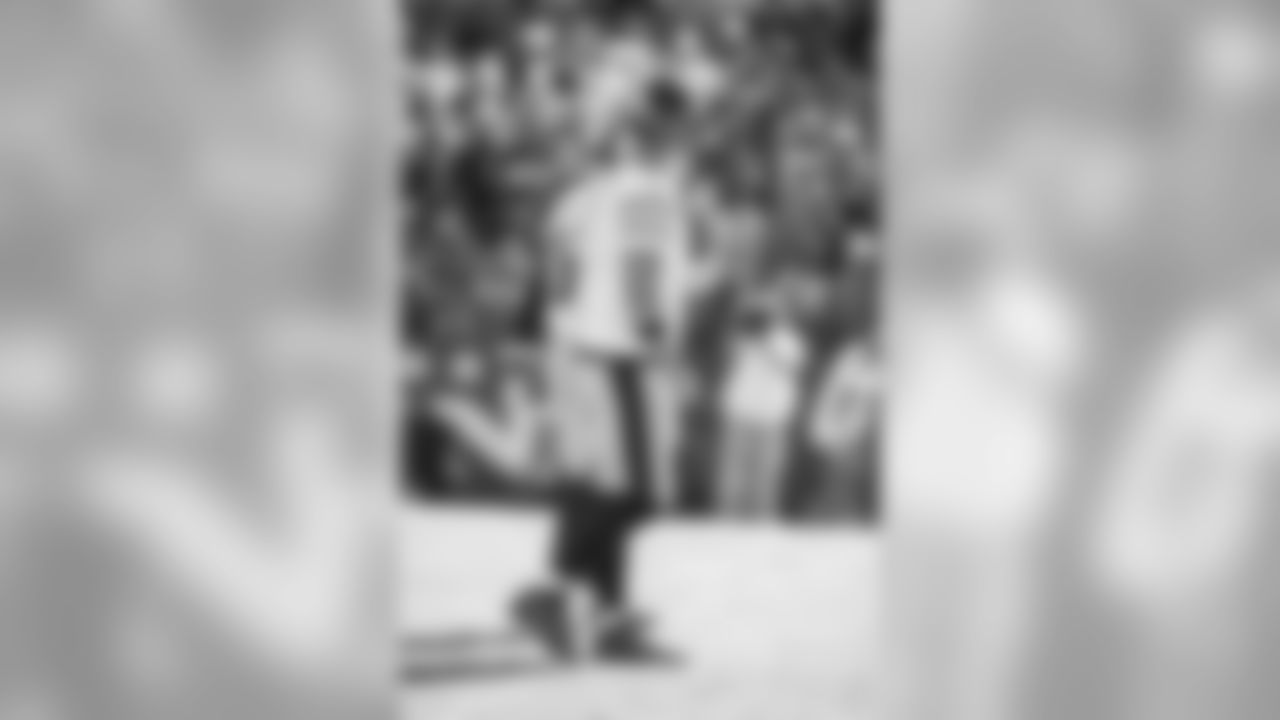

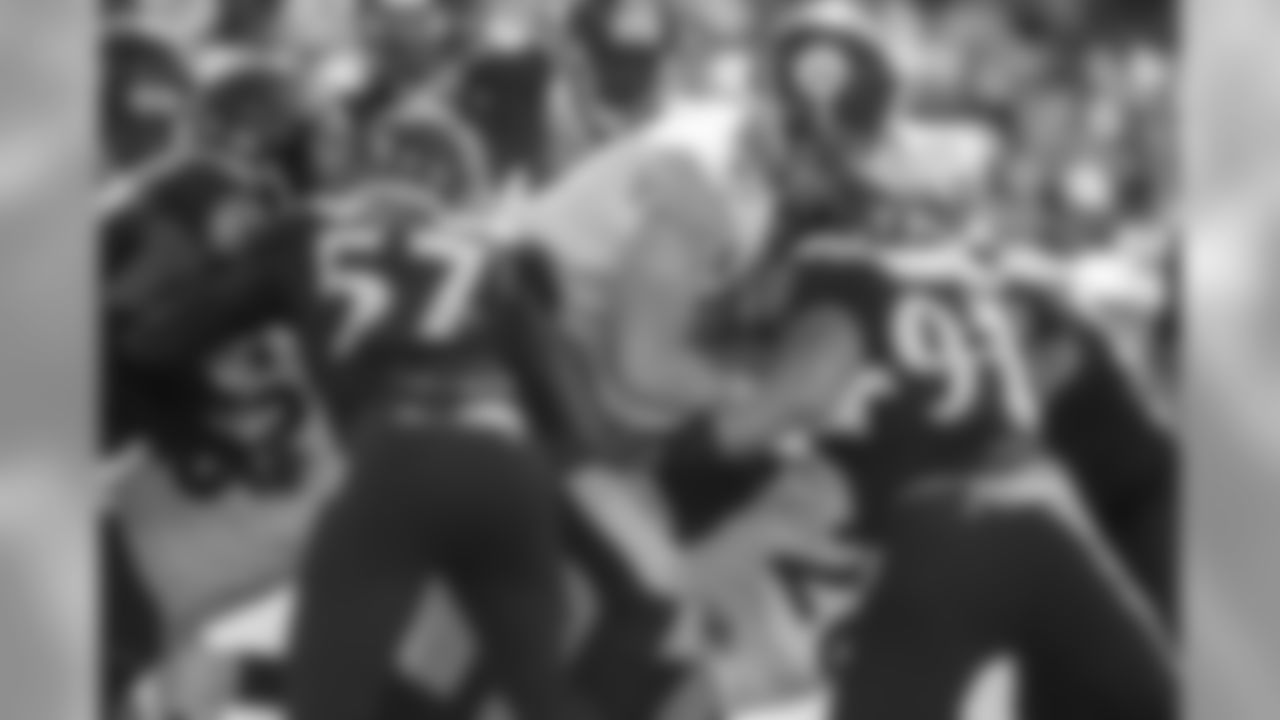
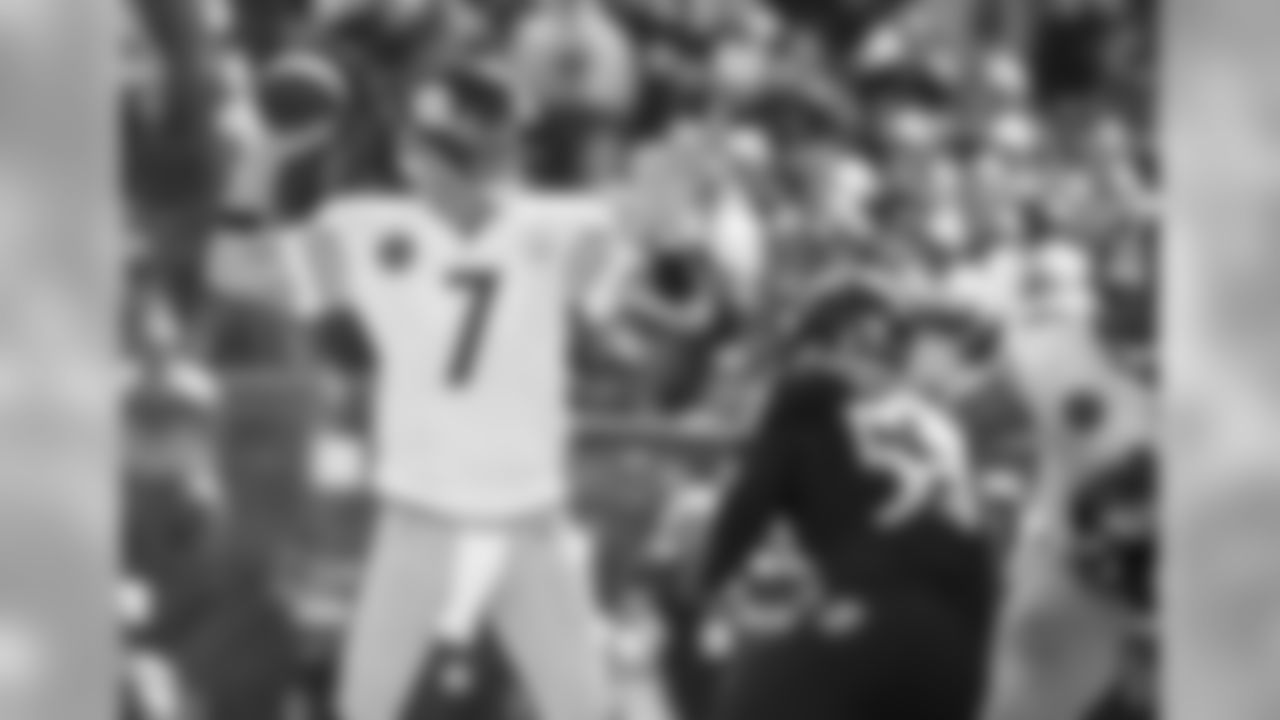
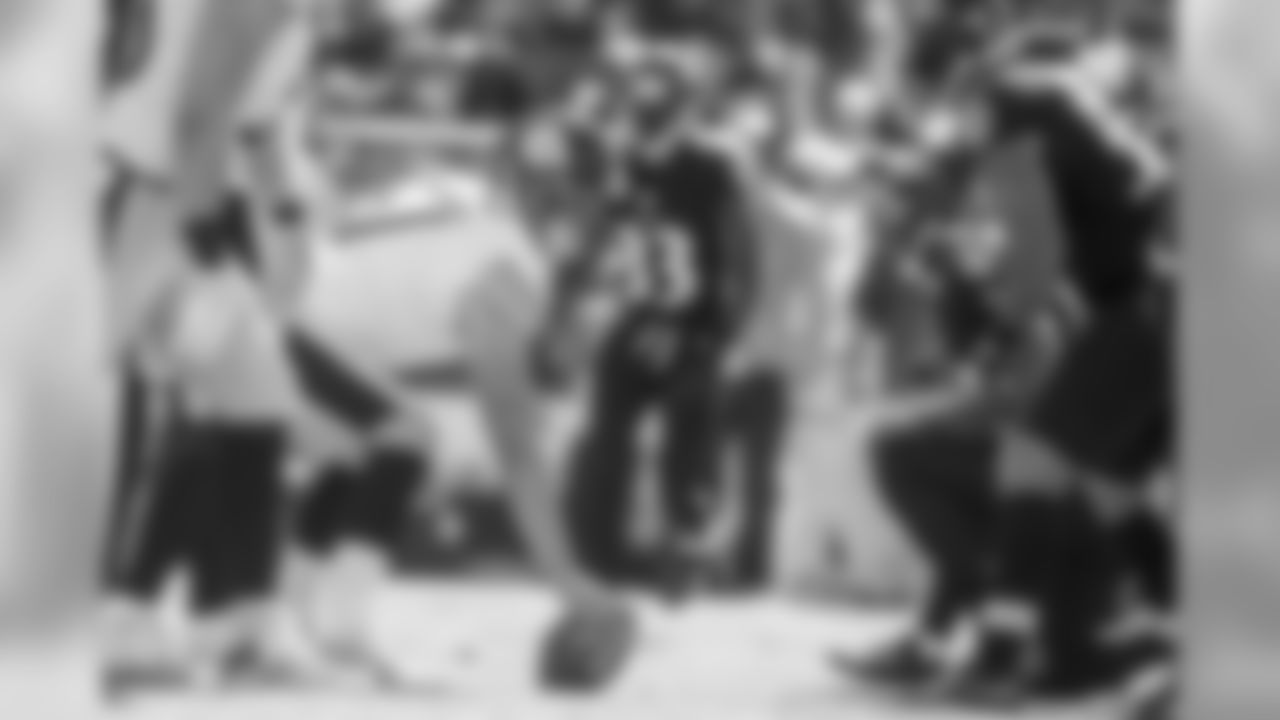



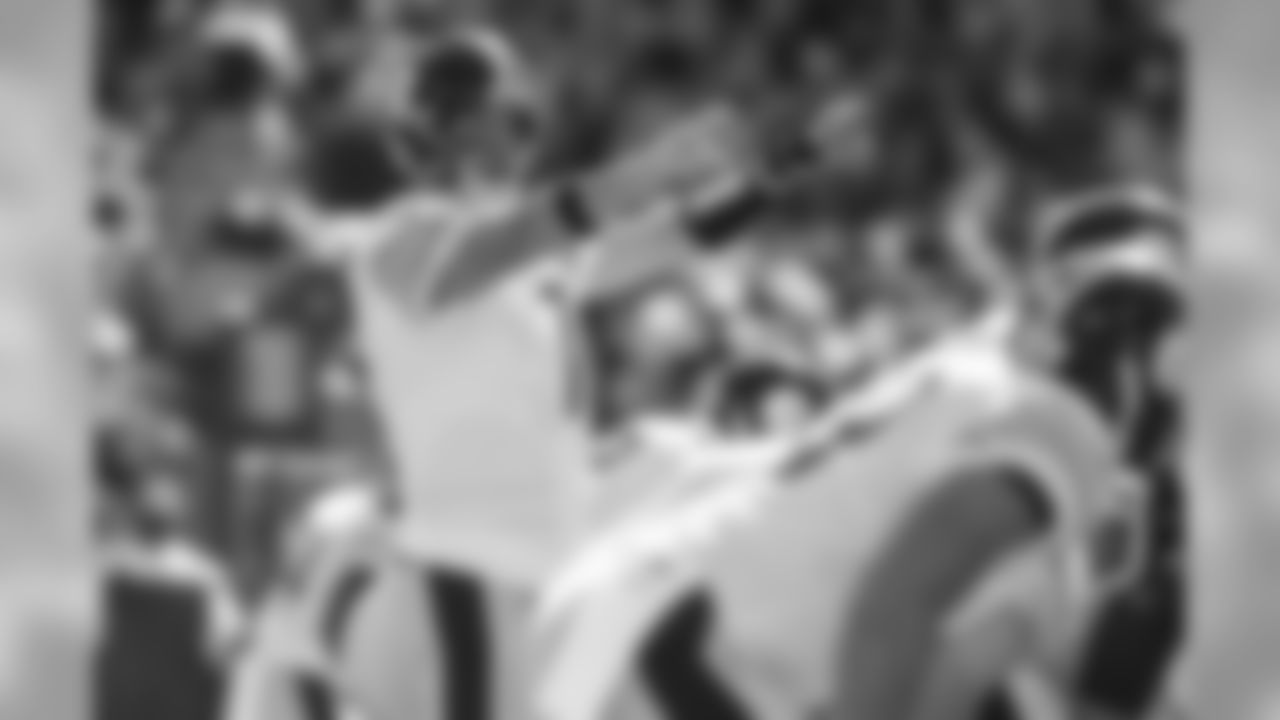
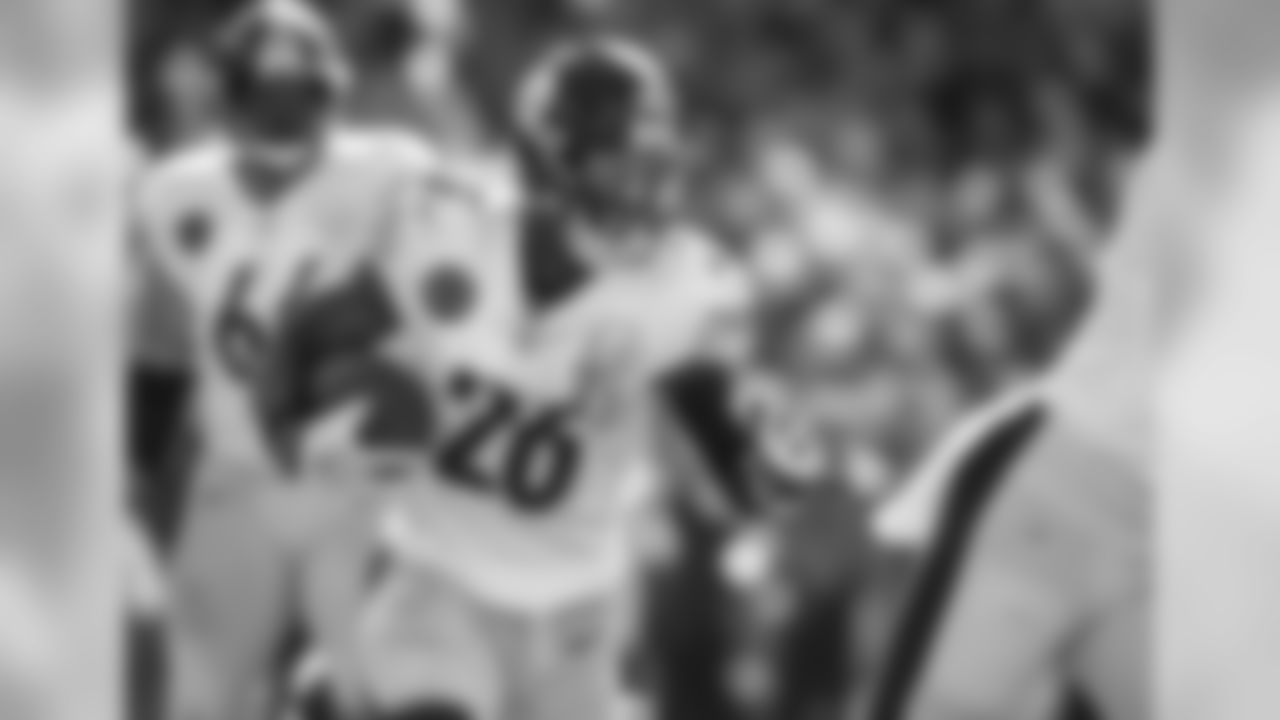


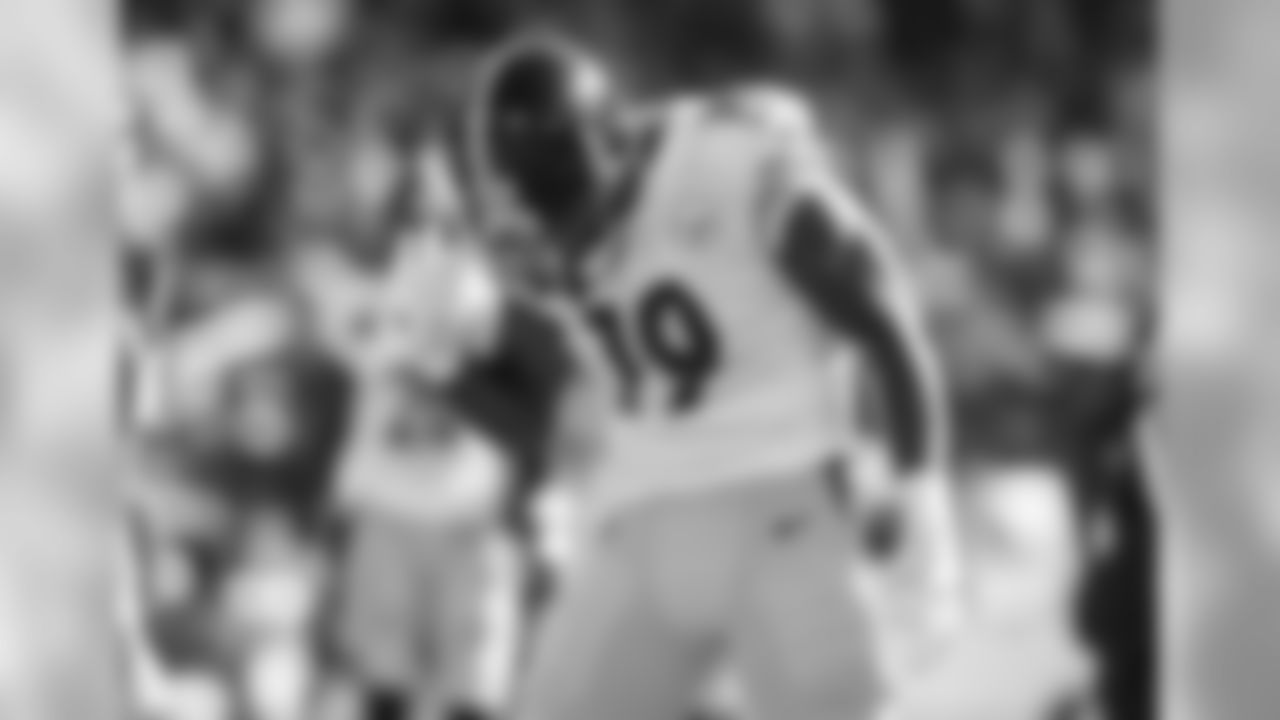


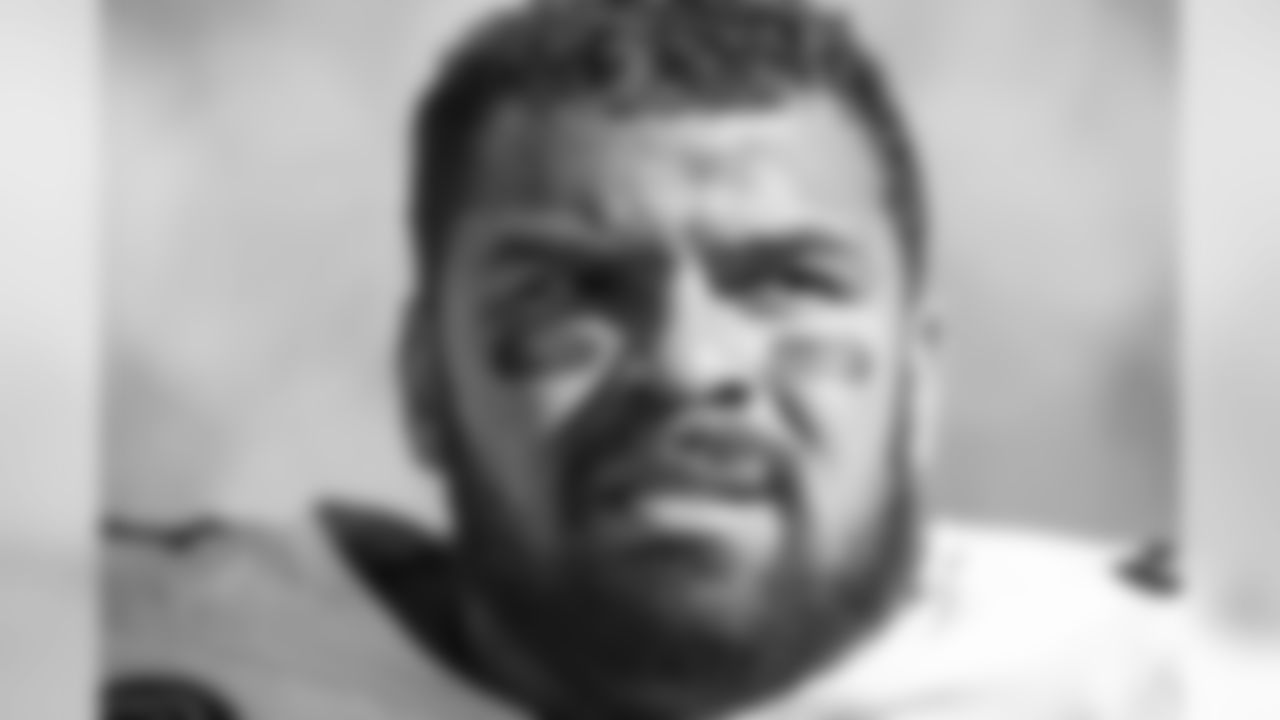

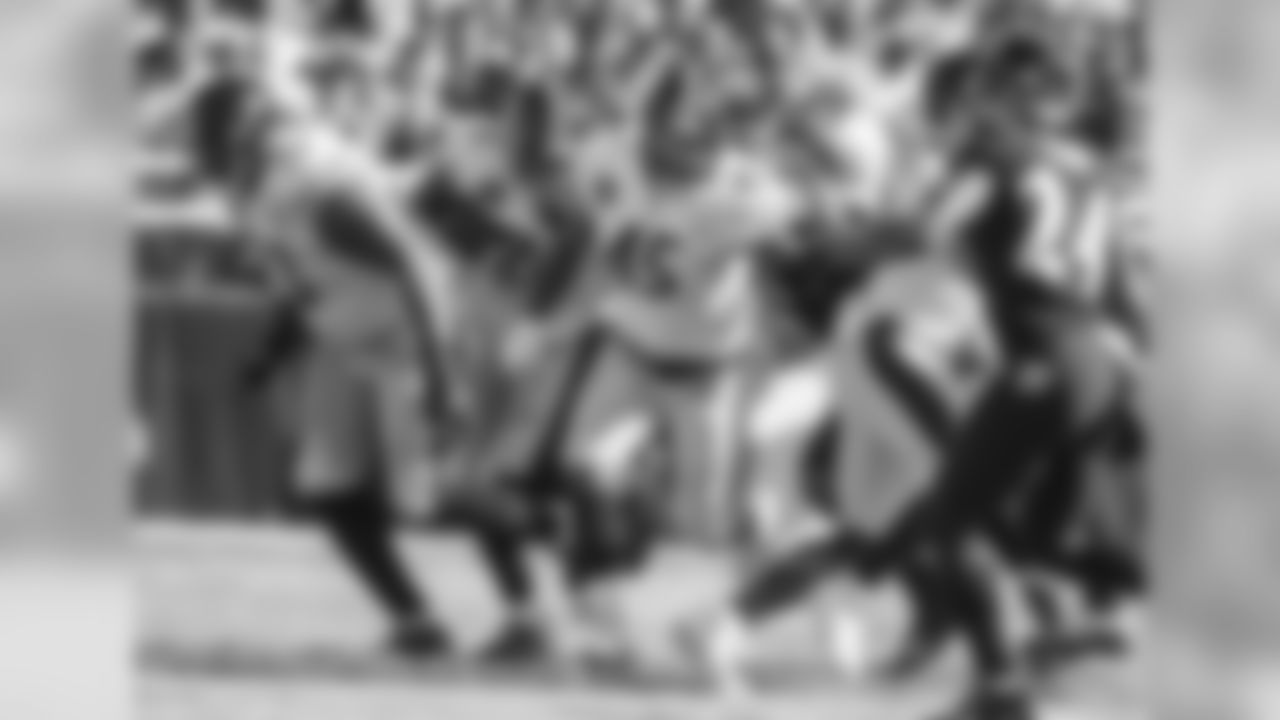
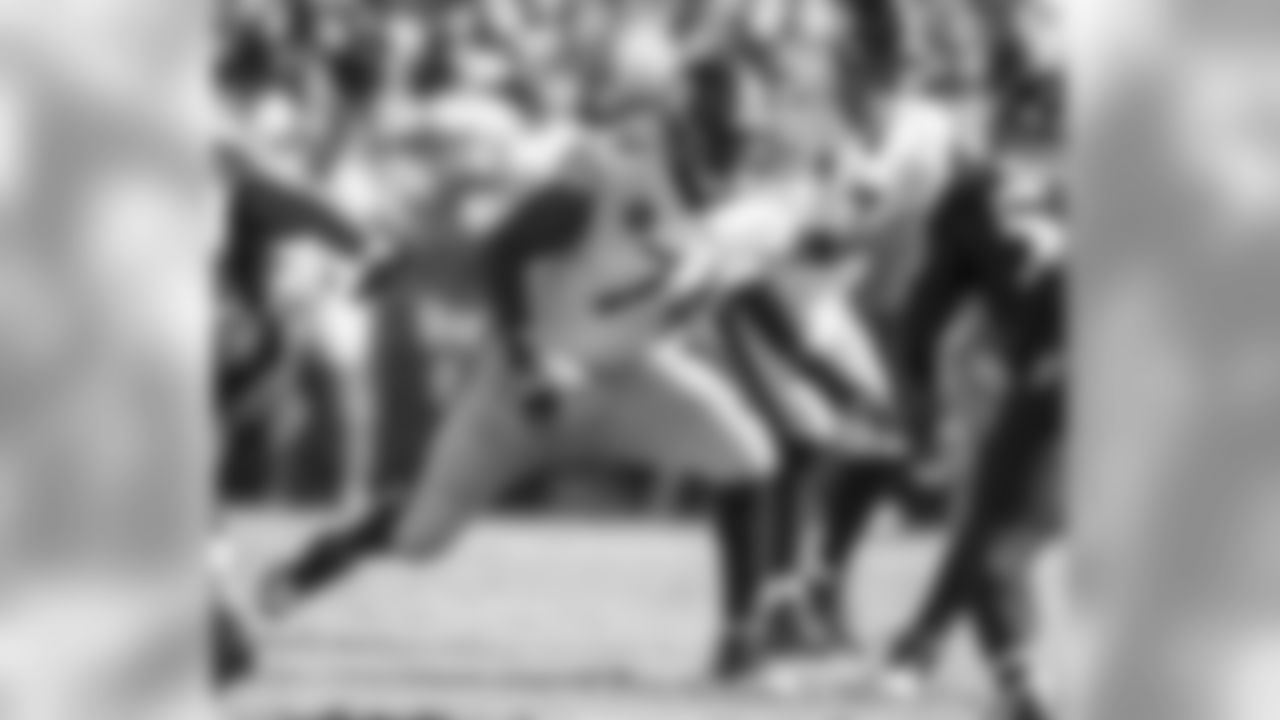
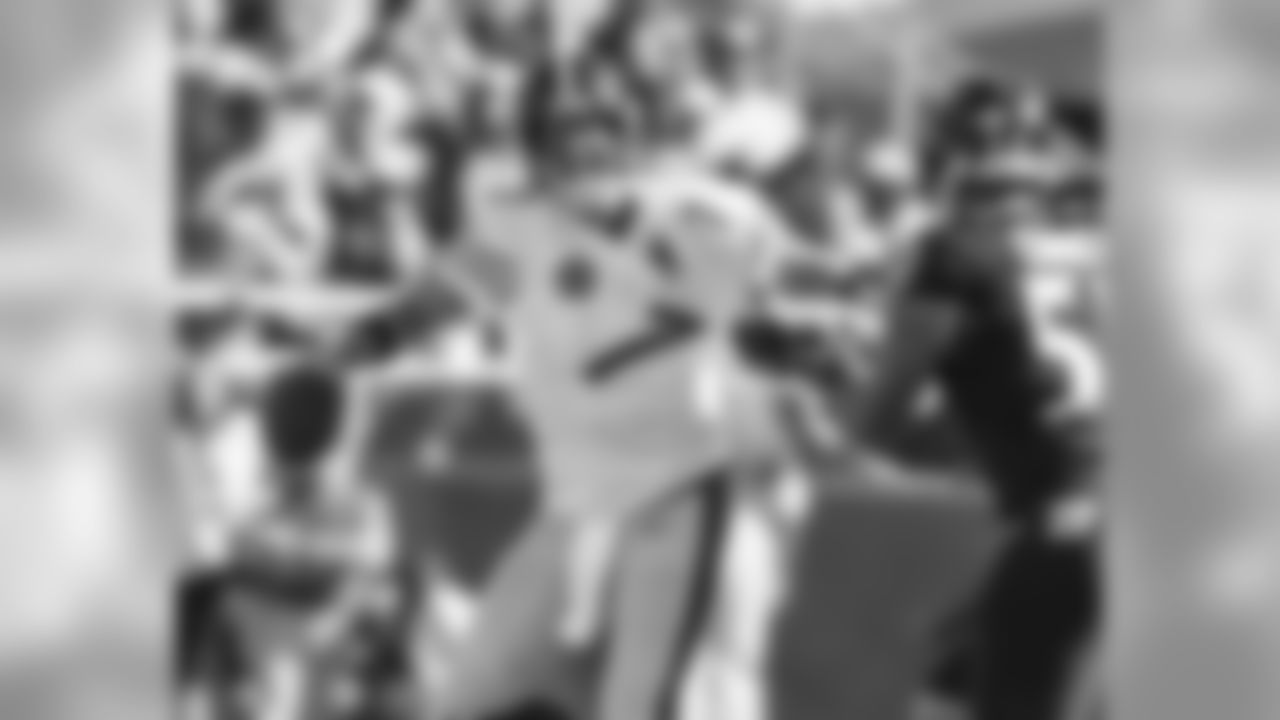

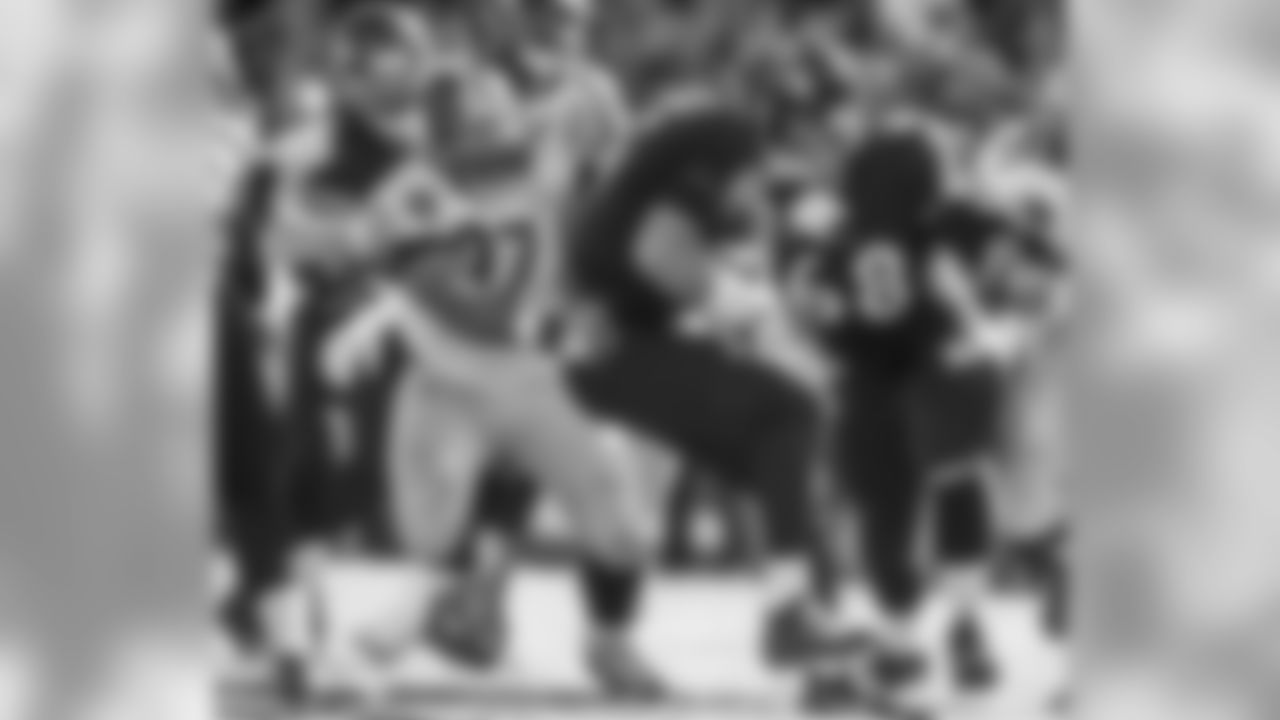
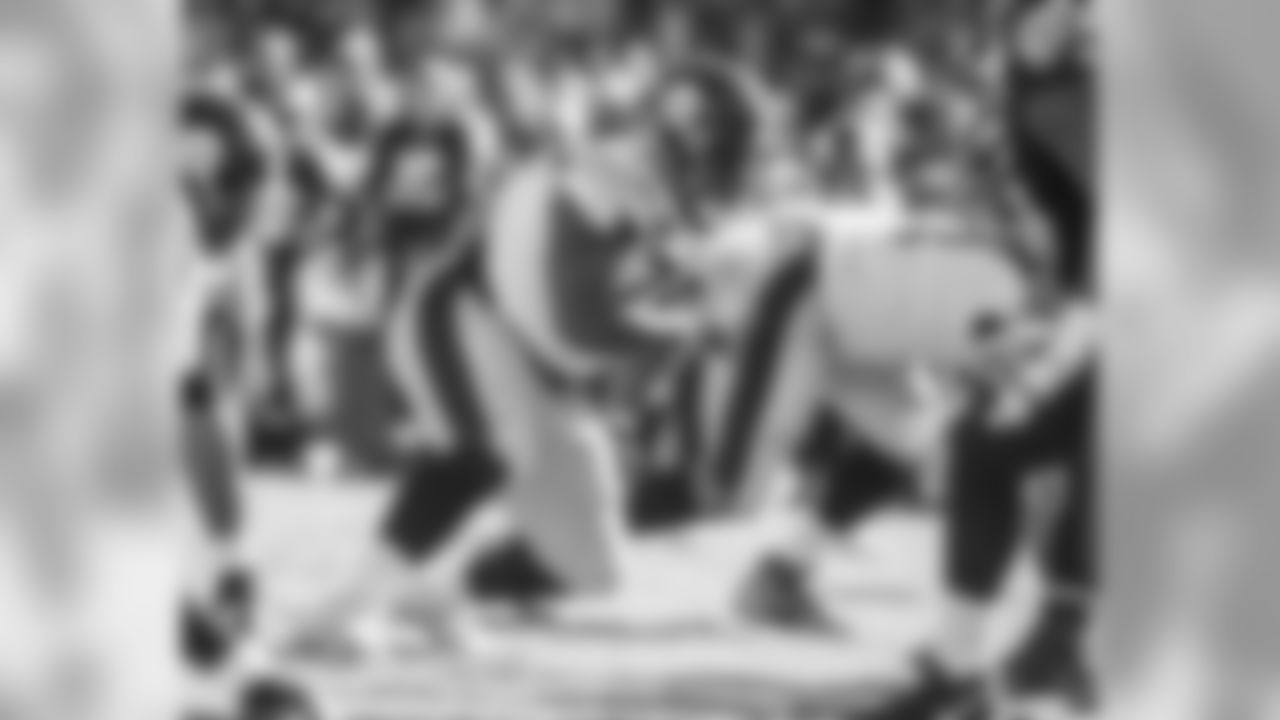
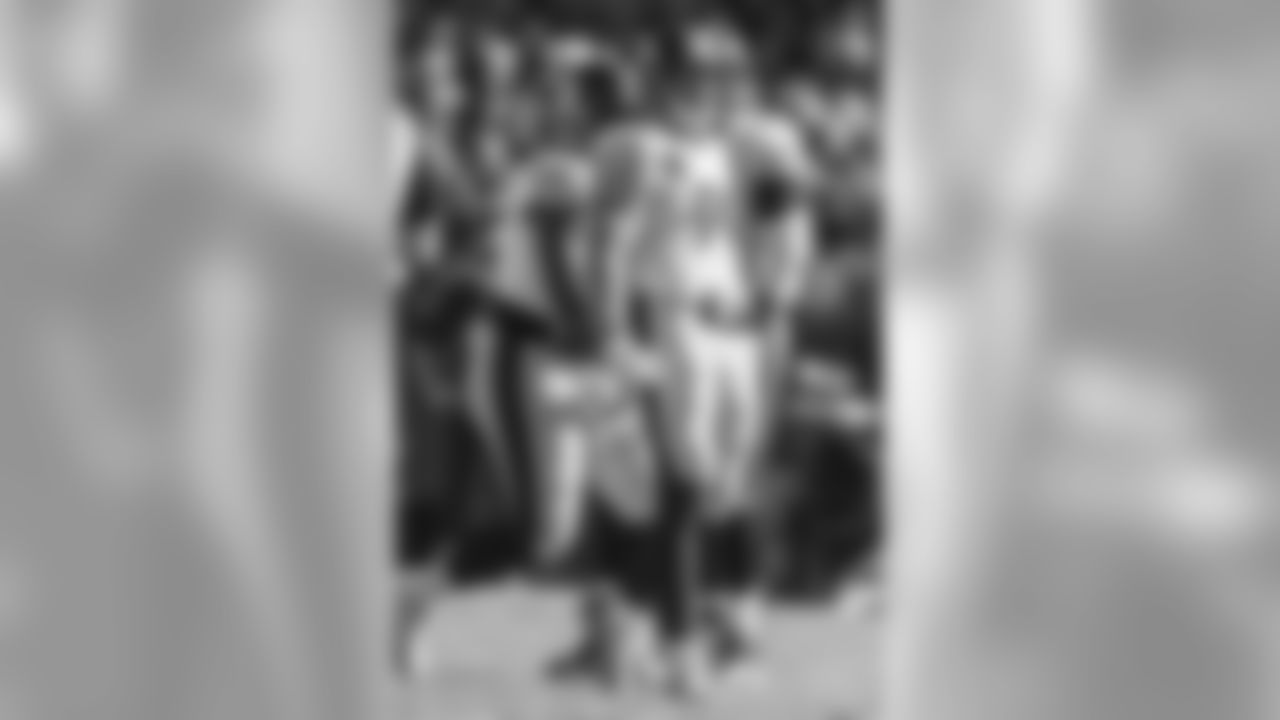




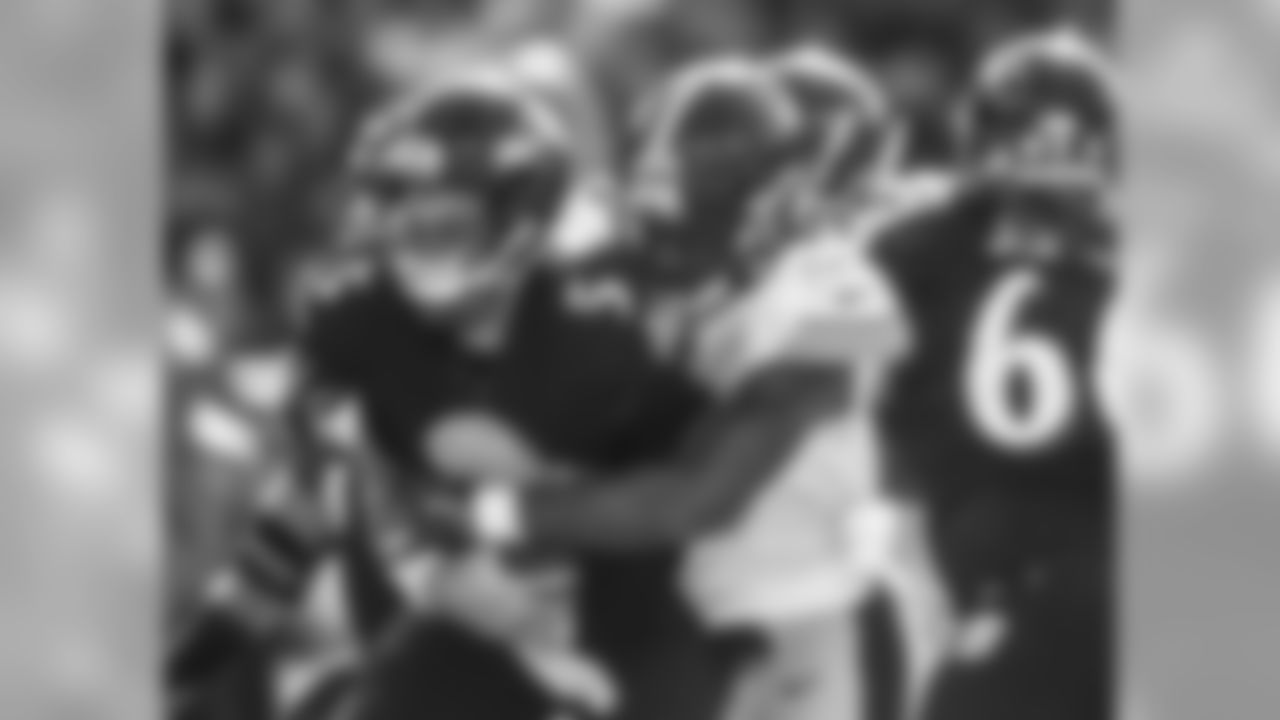


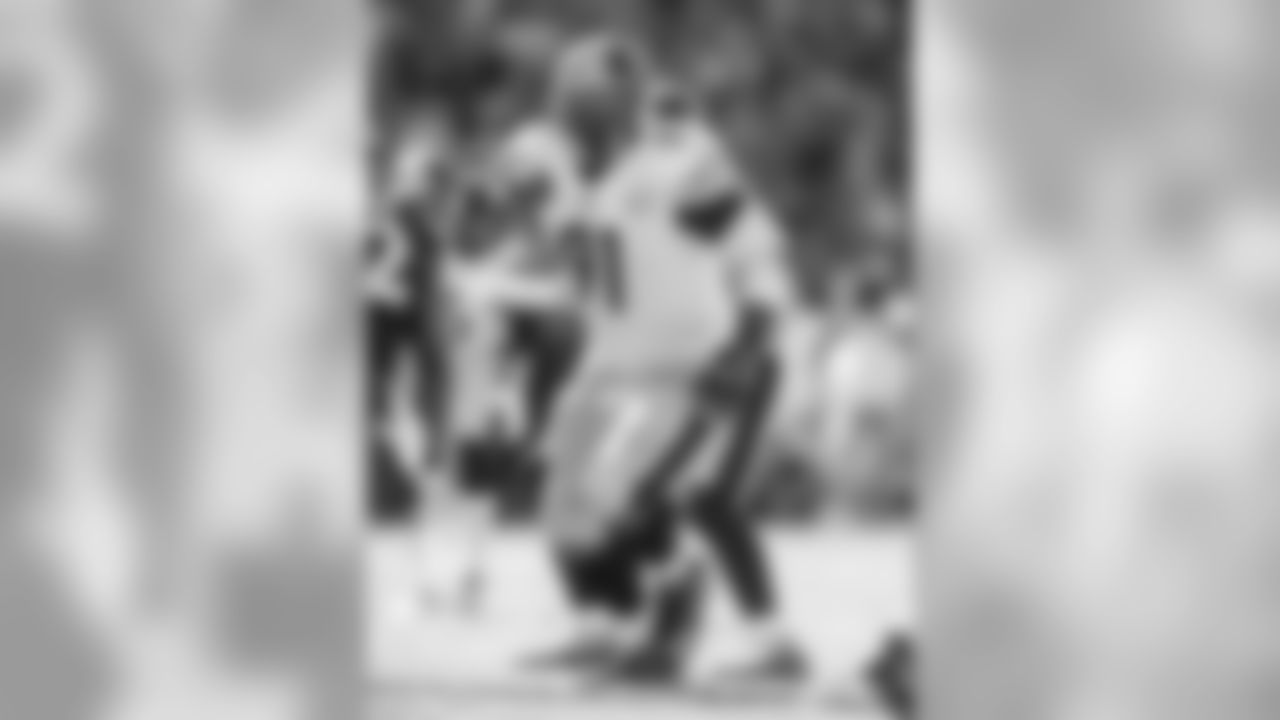
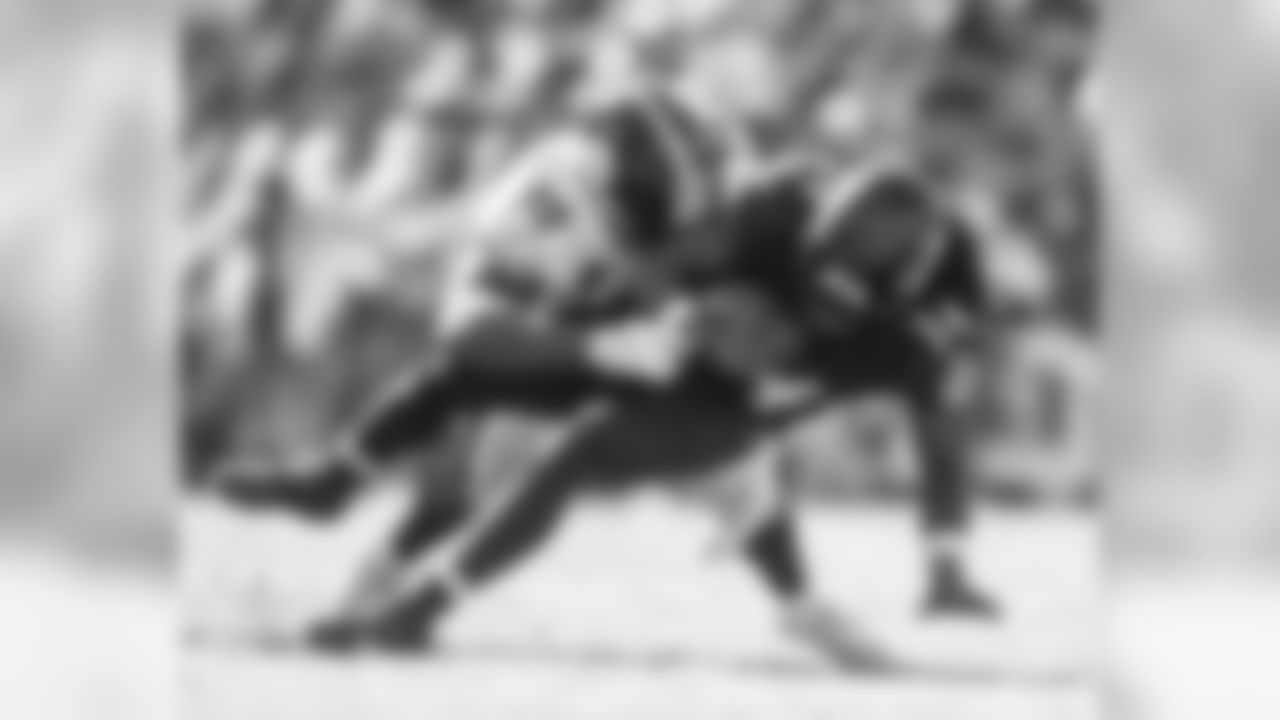
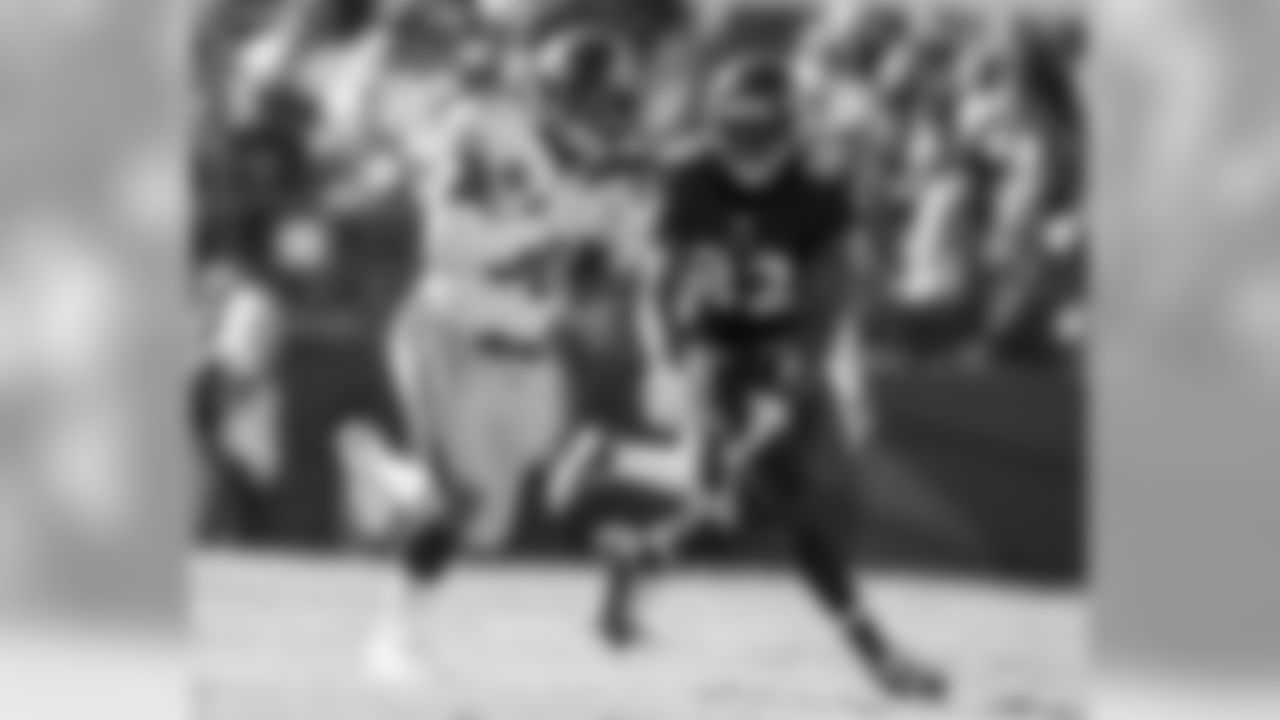
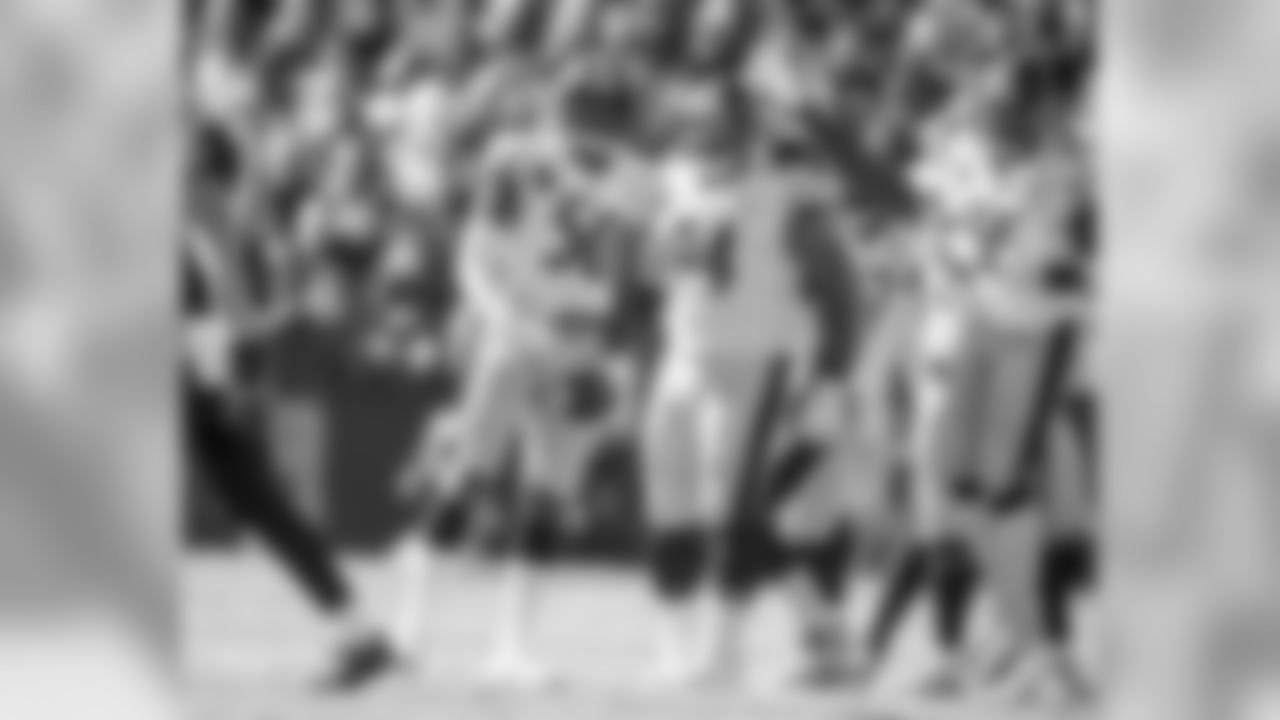
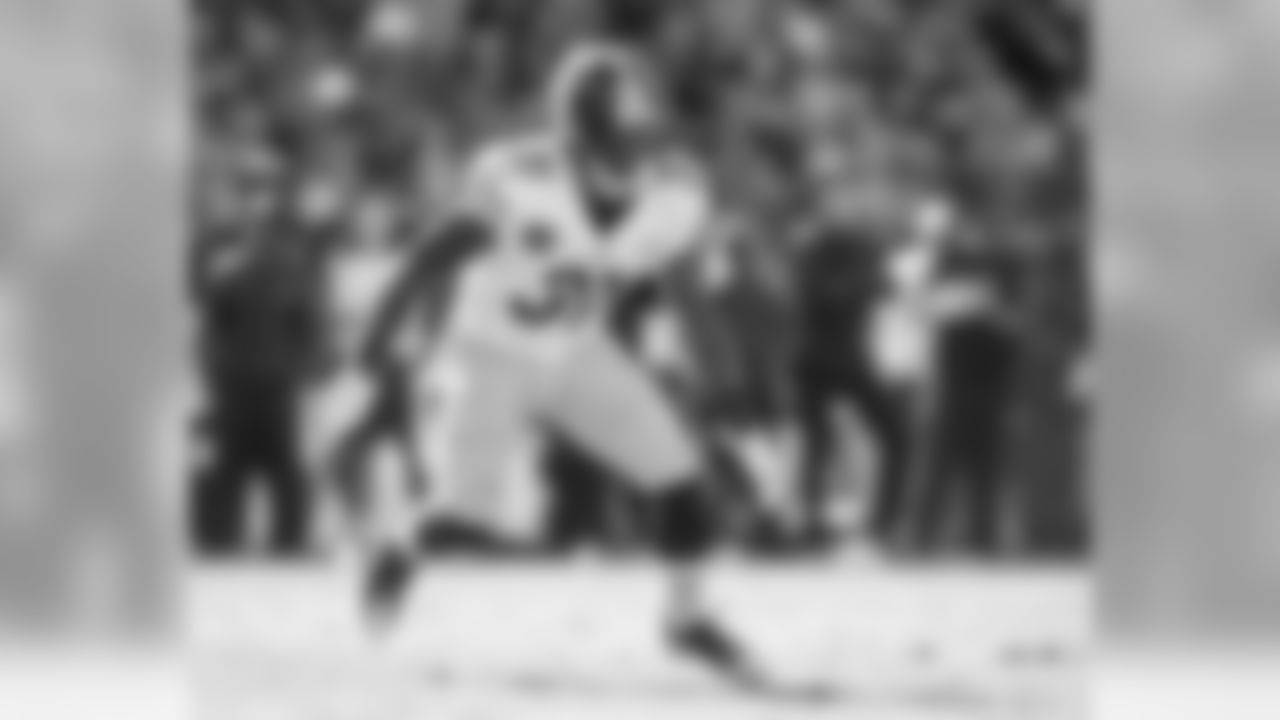
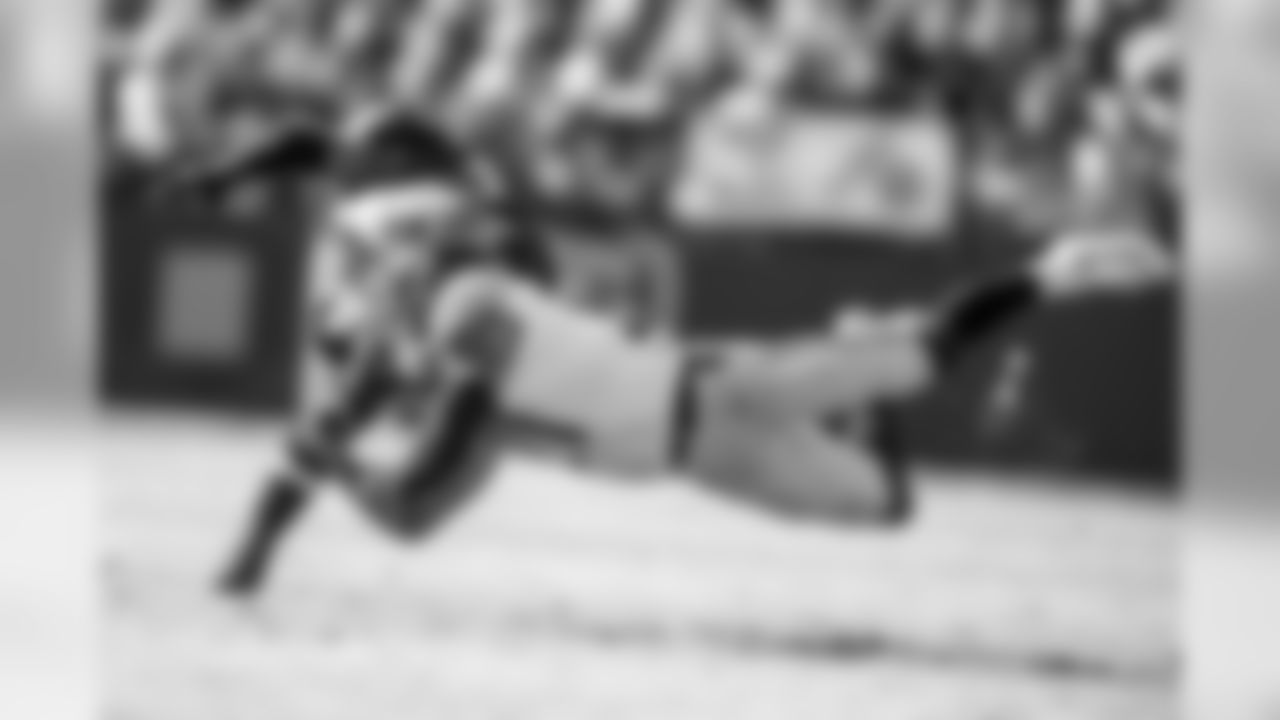
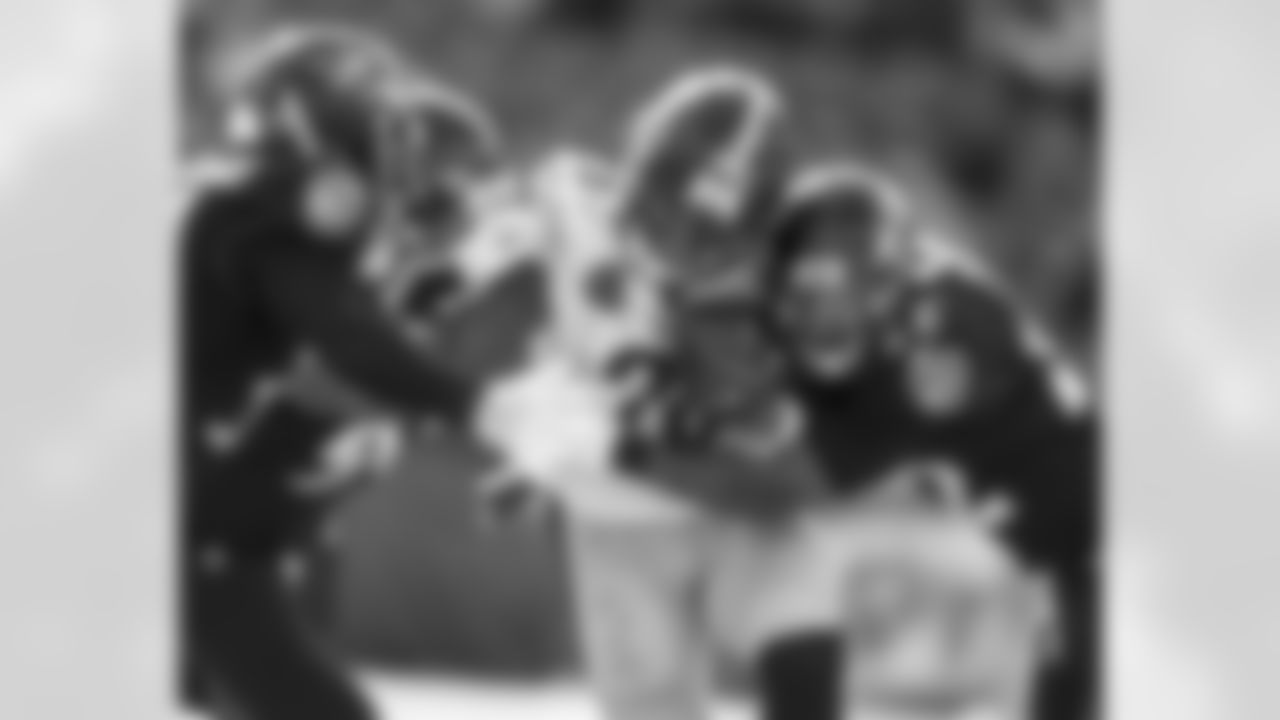

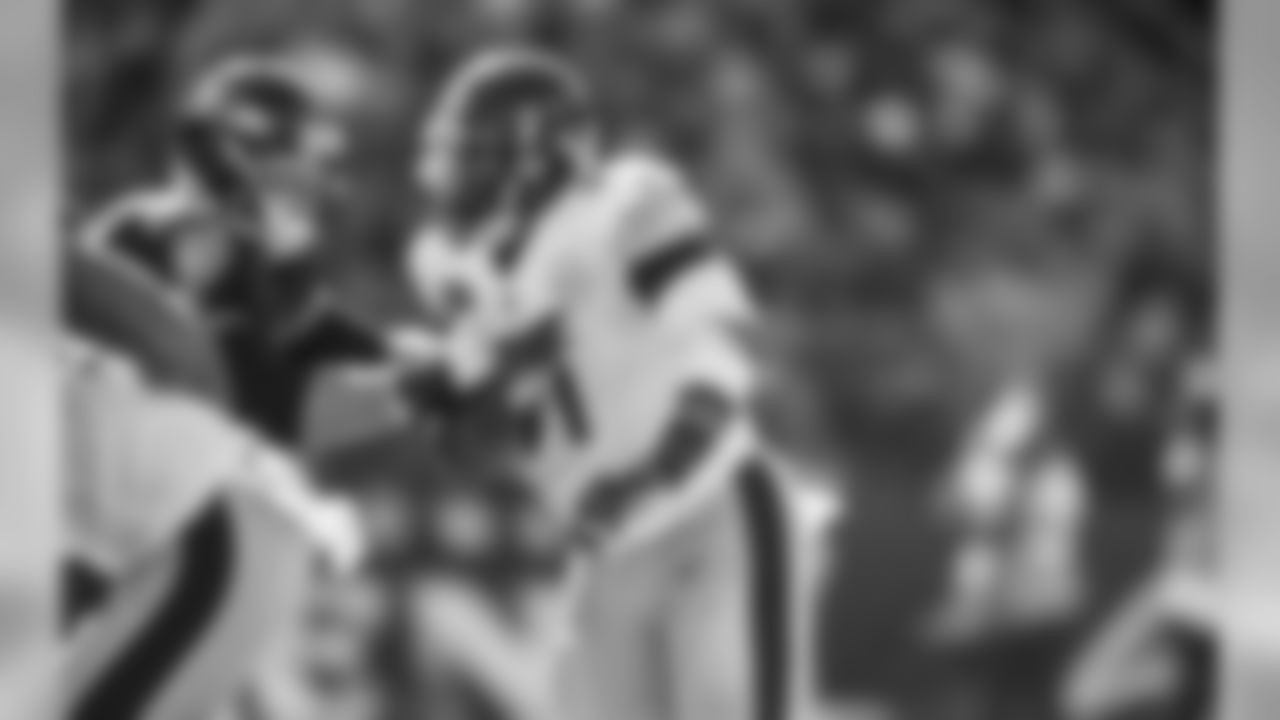
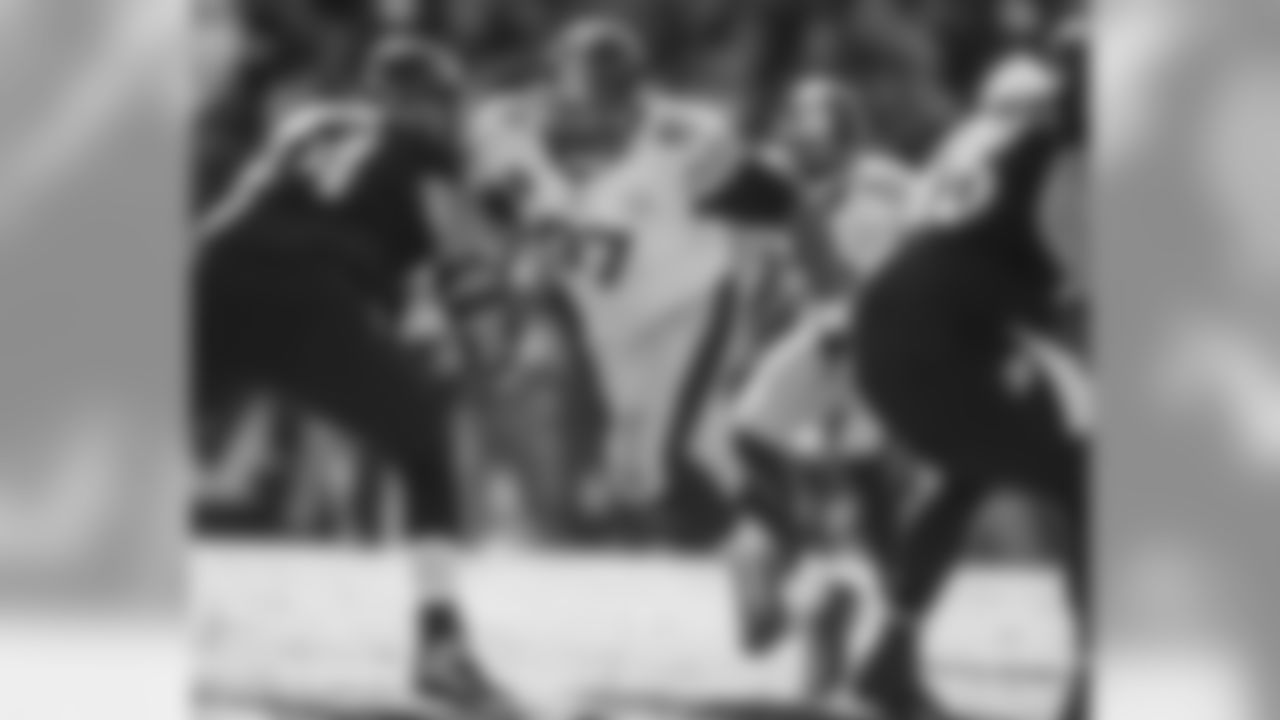
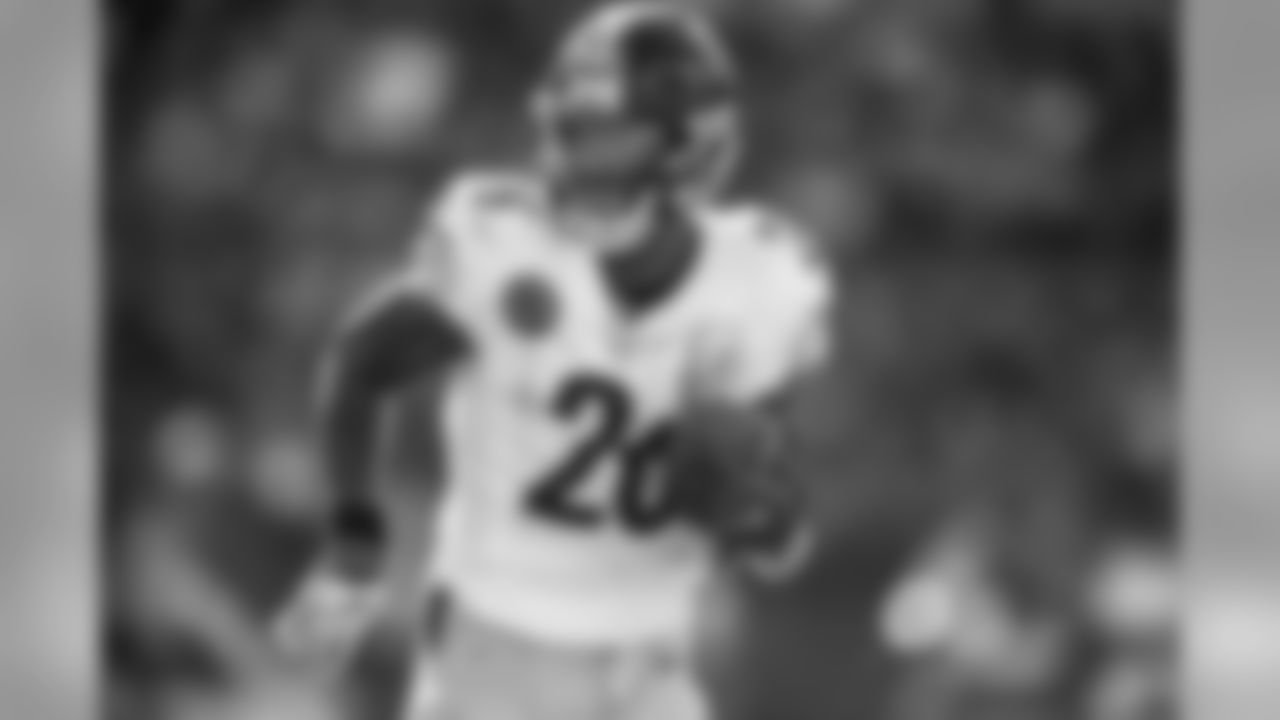
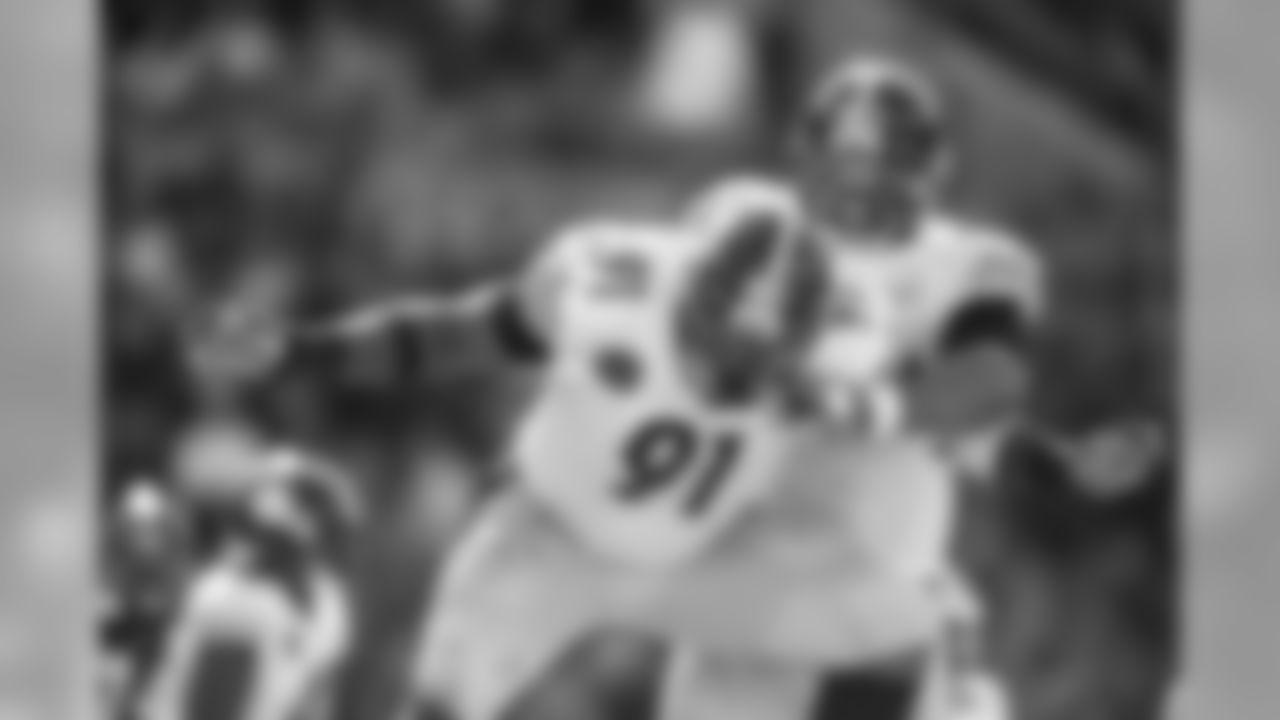
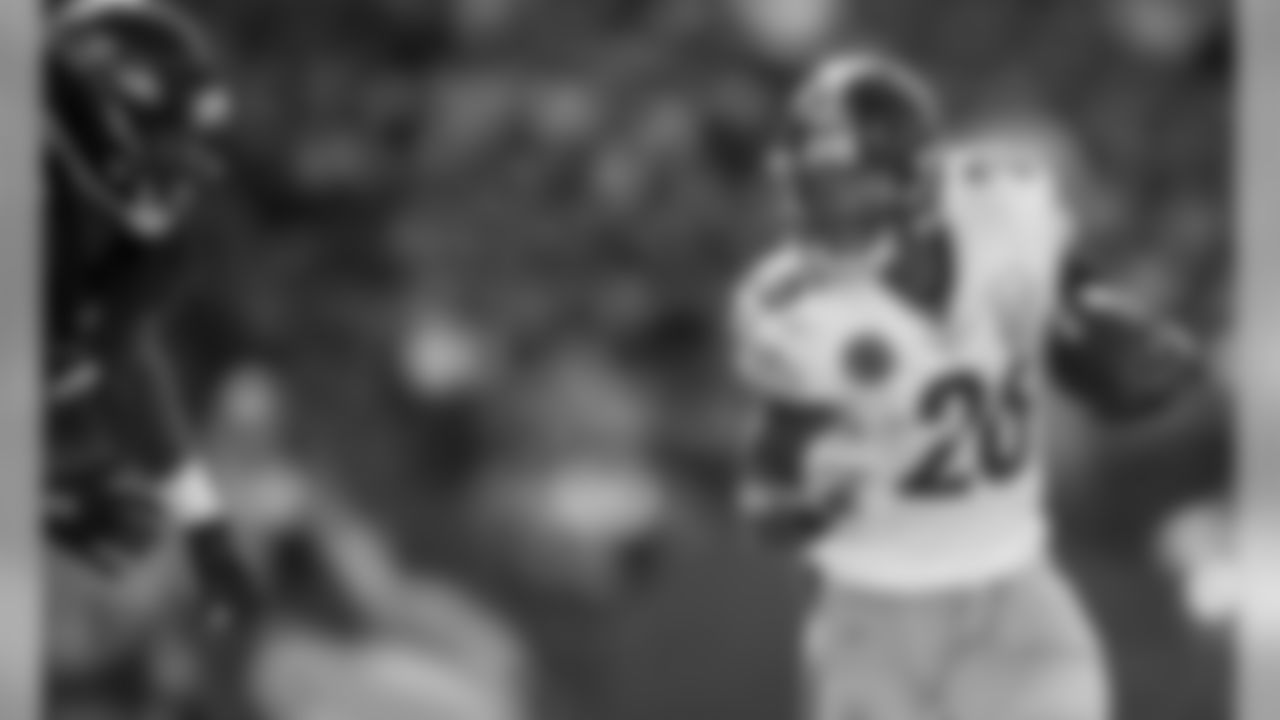
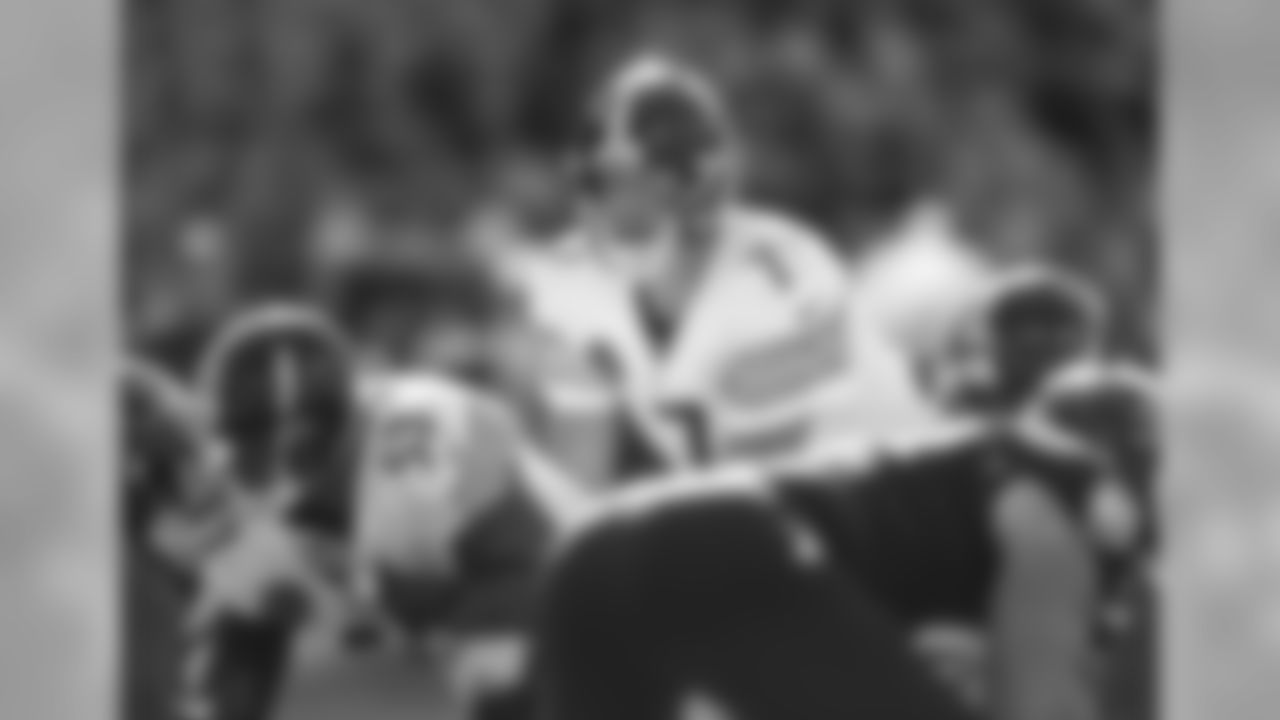
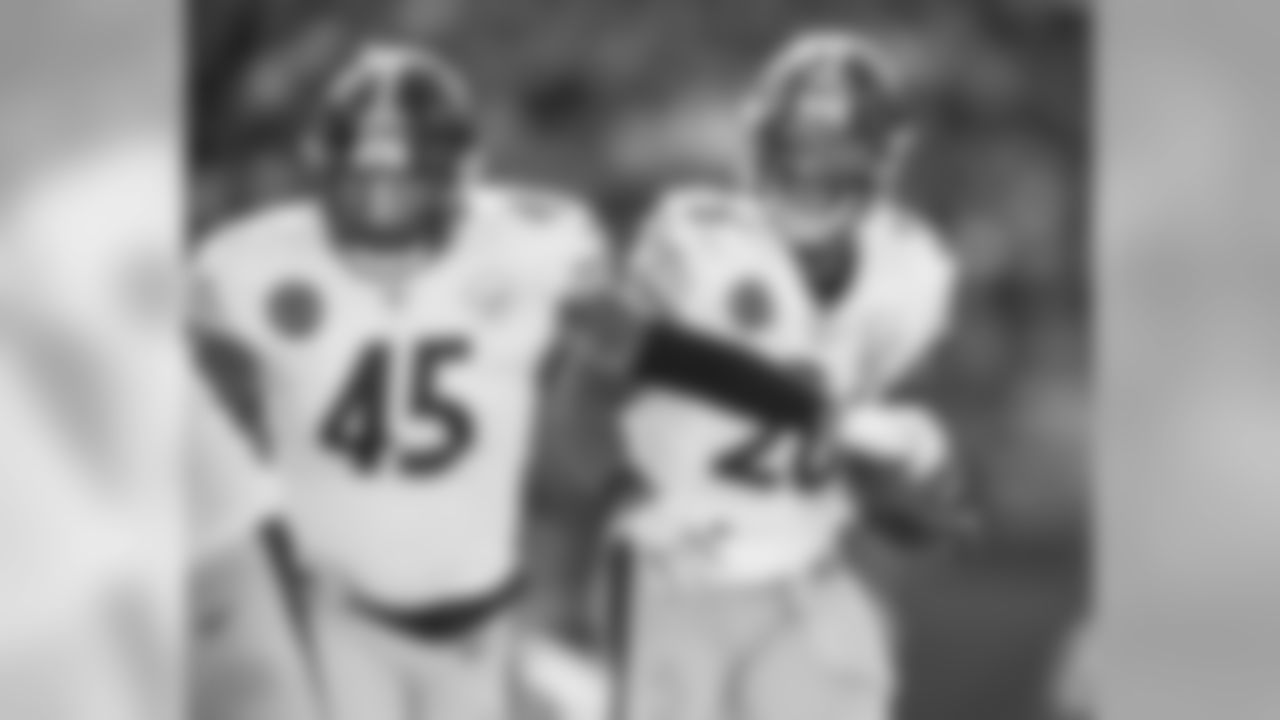
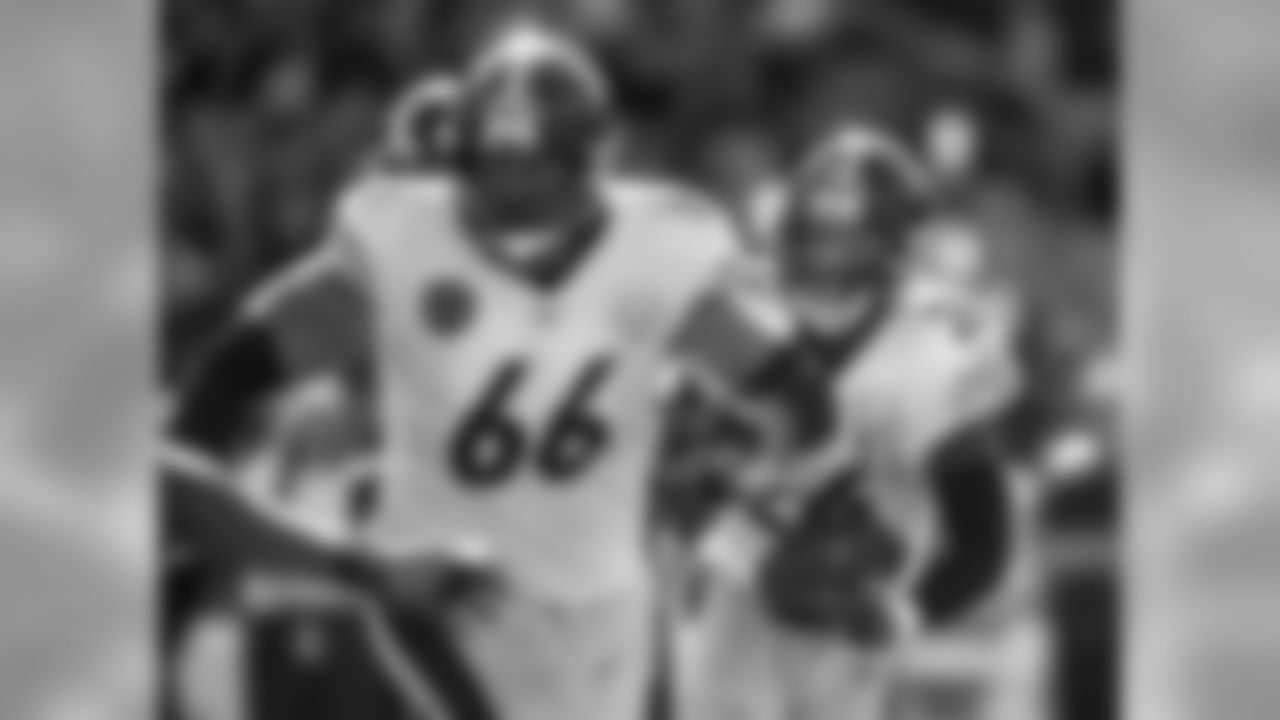
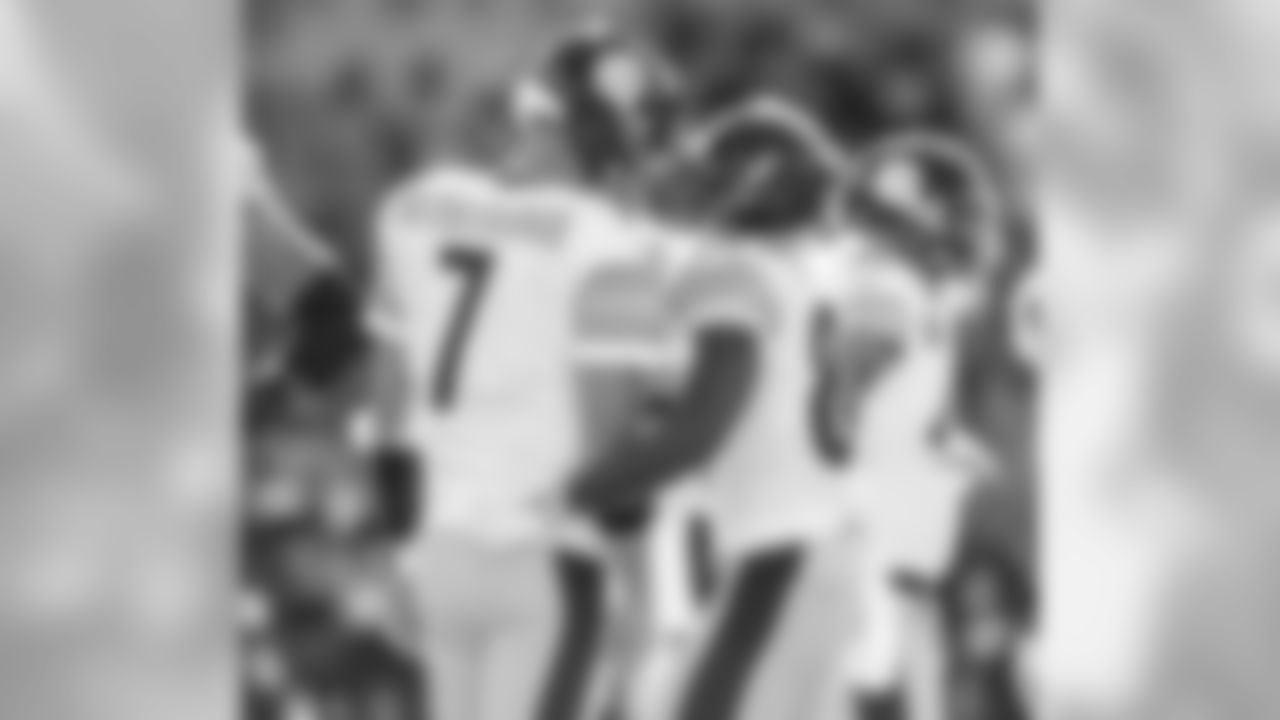

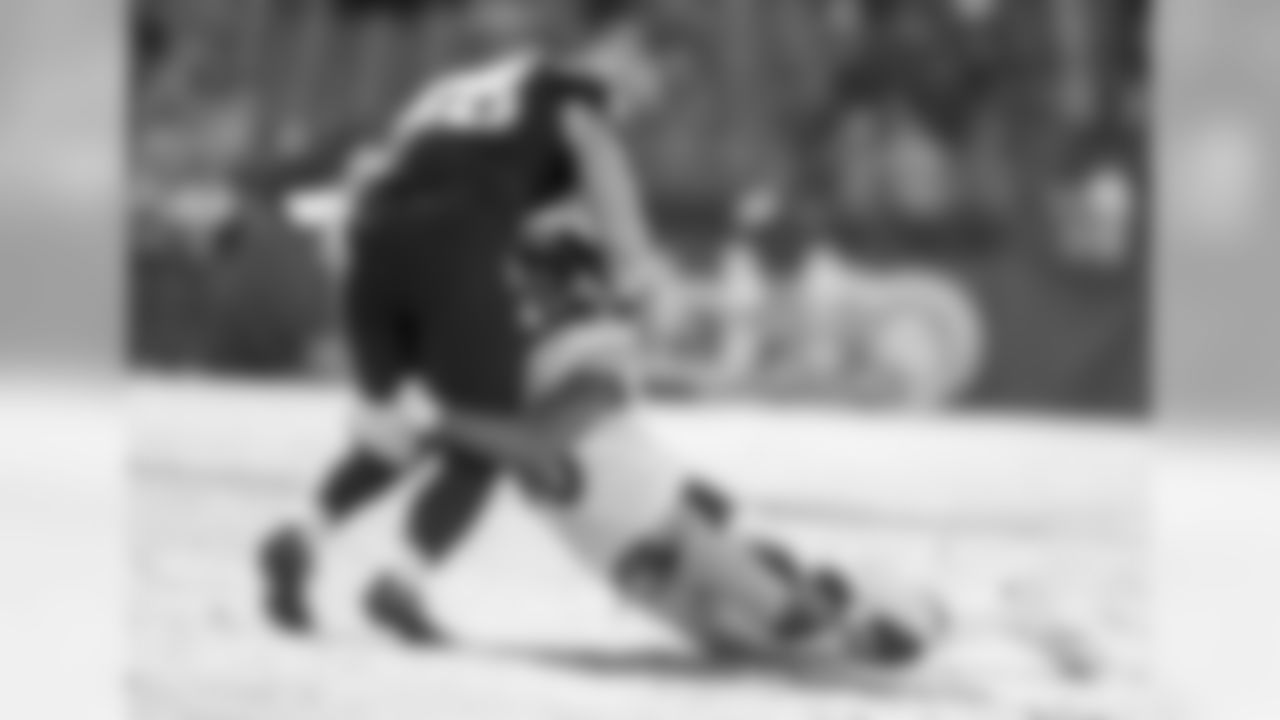
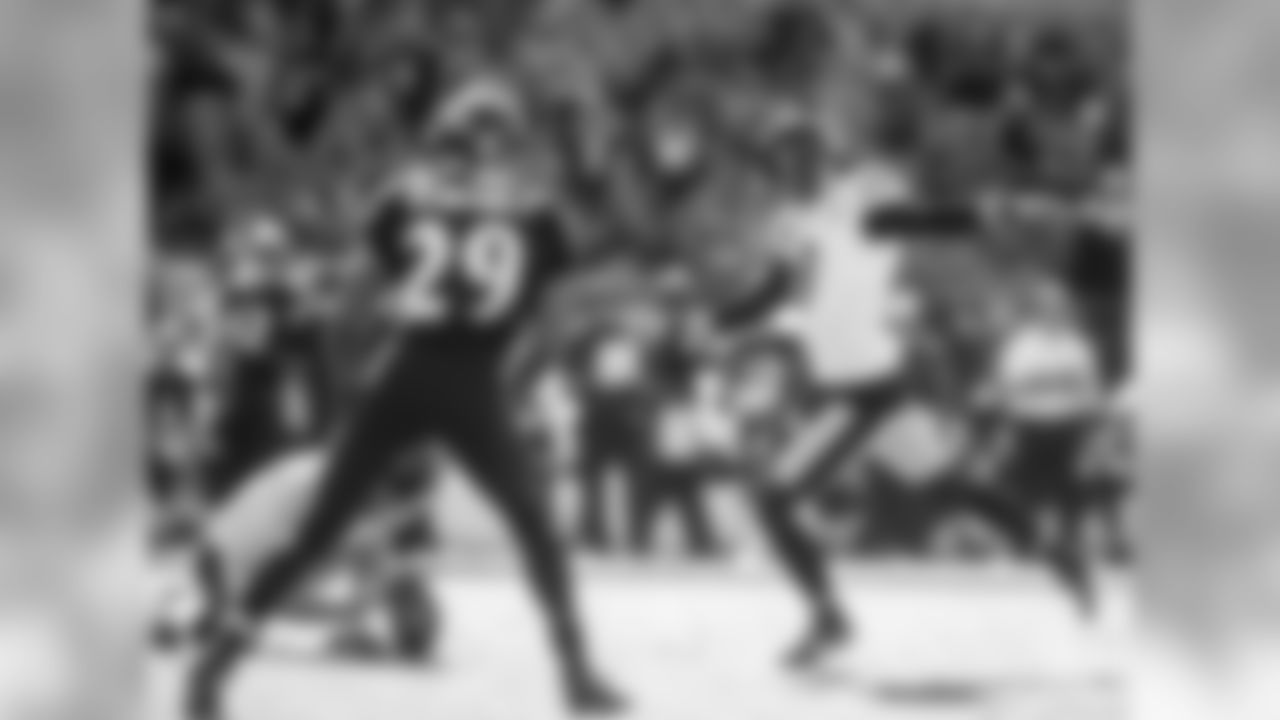

ANSWER: The uniforms are in fact laundered, and I'm told that uniforms can be laundered maybe 20 times and still retain their color and shape.**
MICHAEL ENTREKIN FROM CHARLOTTE, NC:
I'm totally confused regarding the interception ruling on the Antonio Brown play. When is a catch a catch and a player who is tackled and touched down actually down and the ball dead? Nothing about the officials' call on that play makes sense to me.
ANSWER: I don't know that I have a lot to provide in terms of clarifying when a catch is a catch, because I have to admit to being someone who has been surprised regularly at rulings one way or the other. I will offer my theory on it since you asked: I believe the call made in that situation fell into the keep-the-game-close category. The Steelers had a 19-0 lead at halftime, the play in question occurred on the opening possession of the second half, and the game was threatening to get away from the Ravens. And finally, the play went to review, and when that happens everything is open to interpretation, and who really knows what's being said via that headset the referee is wearing as he communicates with New York.
It's not that the officials were specifically looking to help the Ravens, but the flow of the game provided an opportunity to tighten things up and that's the way the ruling ended up going. Because the notion of what is a catch is so convoluted and the rules can be interpreted to fit various scenarios, it was a rather simple matter to craft the outcome in keeping with the keep-the-game-close mentality. I am so convinced this kind of mind-set prevails in the NFL that I believe if the situation was reversed – if the Ravens led, 19-0, and had been the team on offense, and if the Steelers challenged the same play the ruling would have gone in their favor because doing so would keep-the-game-close.













